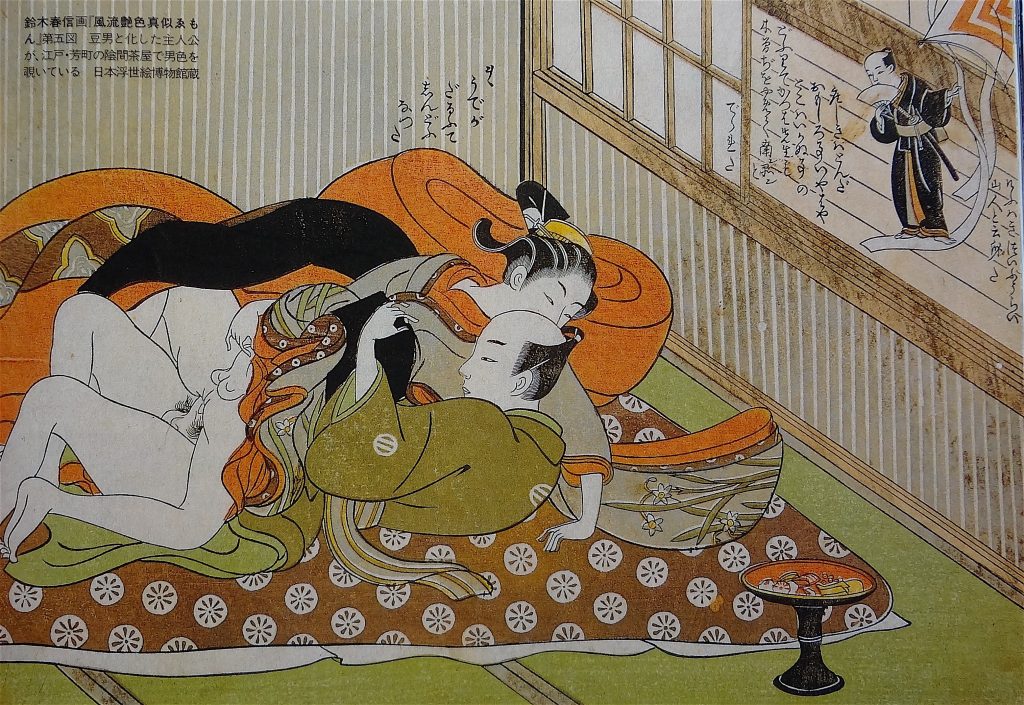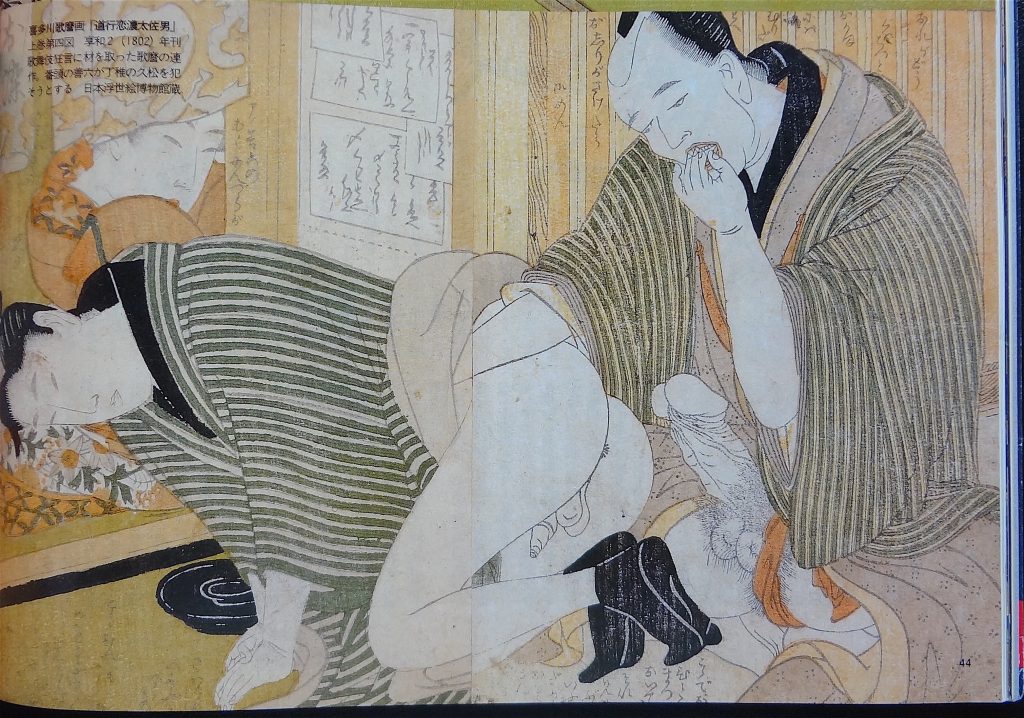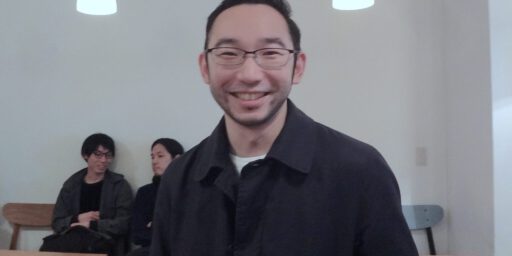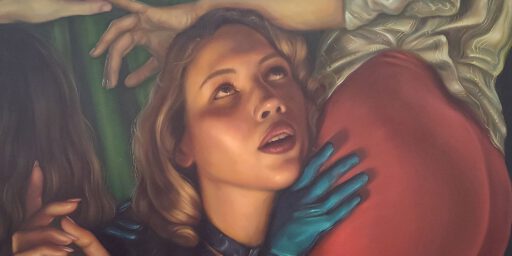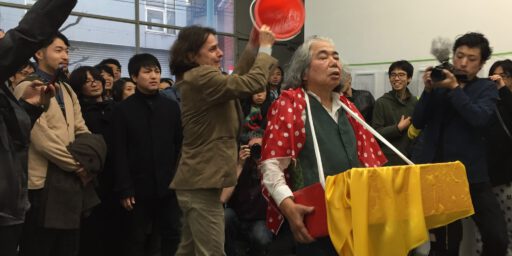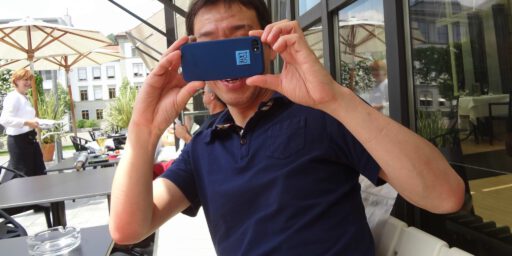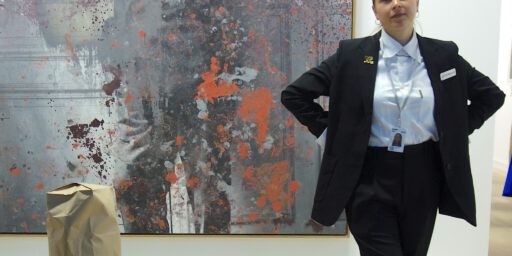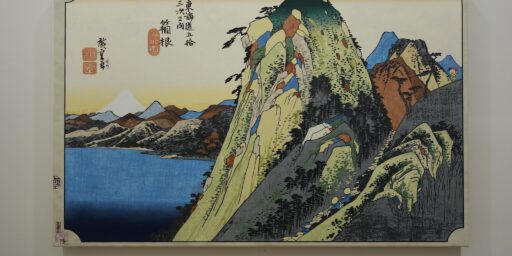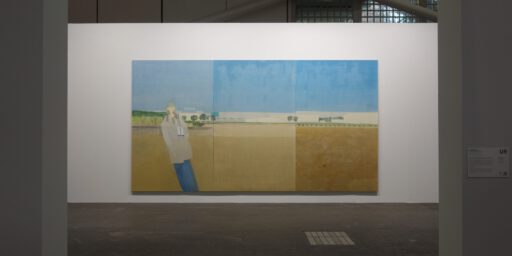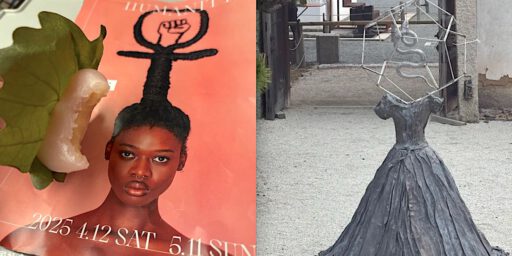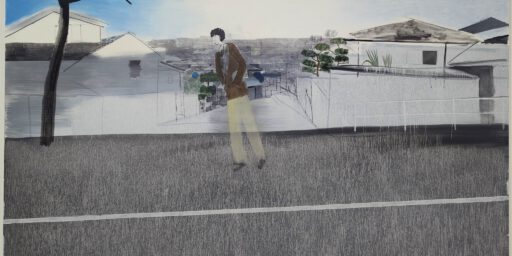ノグチ・イサム、ロバート・キャンベル、松下まり子、ヴィルヘルム・フォン・グレーデン& オスカー・ワイルド、アサクサ・キュレーション NOGUCHI Isamu, Robert Campbell, MATSUSHITA Mariko, Wilhelm van Gloeden & Oscar Wilde, ASAKUSA-Curation

今日の日曜日は、とてもありがたい、尊敬する人々や、評価すべきアート関係の仕事をなさる方々を少し紹介させていただきます。
と言うのも、なんとなく一昨日、朝日新聞に掲載された、ご近所に住むロバート・キャンベル氏のインタビューを読んでいたら、「ART+CULTURE」、アートの展覧会の目線で、遠慮なく、このような編集を作ってみたくなりました。
気楽で、無理なく、自分のキャパシティーを理解した上で、健康な人生を楽しむことが一番大事だと思います。
イサム・ノグチ
─彫刻から身体・庭へ─
Isamu Noguchi
from sculpture to body and garden
2018/7/14 ~9/24
11:00~19:00 (Fri/Sat ~20:00) , closed Mondays
東京オペラシティ アートギャラリー Tokyo Opera City Gallery
東京都新宿区西新宿3-20-2 Tokyo, Shinjuku-ku, Nishi Shinjuku 3-20-2
03-5777-8600 (Hello Dial)
Entrance fee: 1.400 Yen, Students 1.000 Yen, Children free
PRより:
イサム・ノグチ(1904-88)は、詩人・野口米次郎とアメリカ人の母親のもとに生まれ、世界文化を横断しながら生き、彫刻をはじめ舞台美術や家具、照明器具「あかり」のデザイン、陶芸、庭、ランドスケープ・デザインまで、幅広い巨人的な制作を行いました。本展は、ノグチが抽象彫刻の分野にあっても常に「身体」を意識し続けたことや、そうした意識が、子供のための遊具デザインやランドスケープといった人間をとりまく環境へ向かい、ノグチ自身がいう「空間の彫刻」=庭園への情熱に拡大していったことに着目します。若き日に北京で描いた毛筆による身体ドローイング、モダンダンスの開拓者マーサ・グラハムのための舞台装置、日本で制作された陶作品や光の彫刻「あかり」のデザイン、さらに《チェイス・マンハッタン銀行プラザのための沈床園》(1961-64)など庭園、ランドスケープの模型・資料・動画、そして晩年の峻厳な石の彫刻まで、多様な作品を通して、「異文化の融合」や「生活と環境の一体化」をめざしたその活動の全容に迫ります。
http://www.operacity.jp/ag/exh211/j/introduction.php
http://www.operacity.jp/ag/exh211/j/exh.php
http://www.operacity.jp/en/ag/
アップデート up-date 2018/9/8
今日の美術手帖サイトより:
「越境者」としてのイサム・ノグチと岡本太郎にフォーカス。2名の芸術家が見つめた「日本美」に迫る
「イサム・ノグチと岡本太郎 ―越境者たちの日本―」展が、神奈川県の川崎市岡本太郎美術館で開催される。本展は「越境者」としてのノグチと岡本が見つめた「日本美」を、それぞれの作品を通じて再確認するもの。会期は10月6日~2019年1月14日。
https://bijutsutecho.com/magazine/news/exhibition/18385

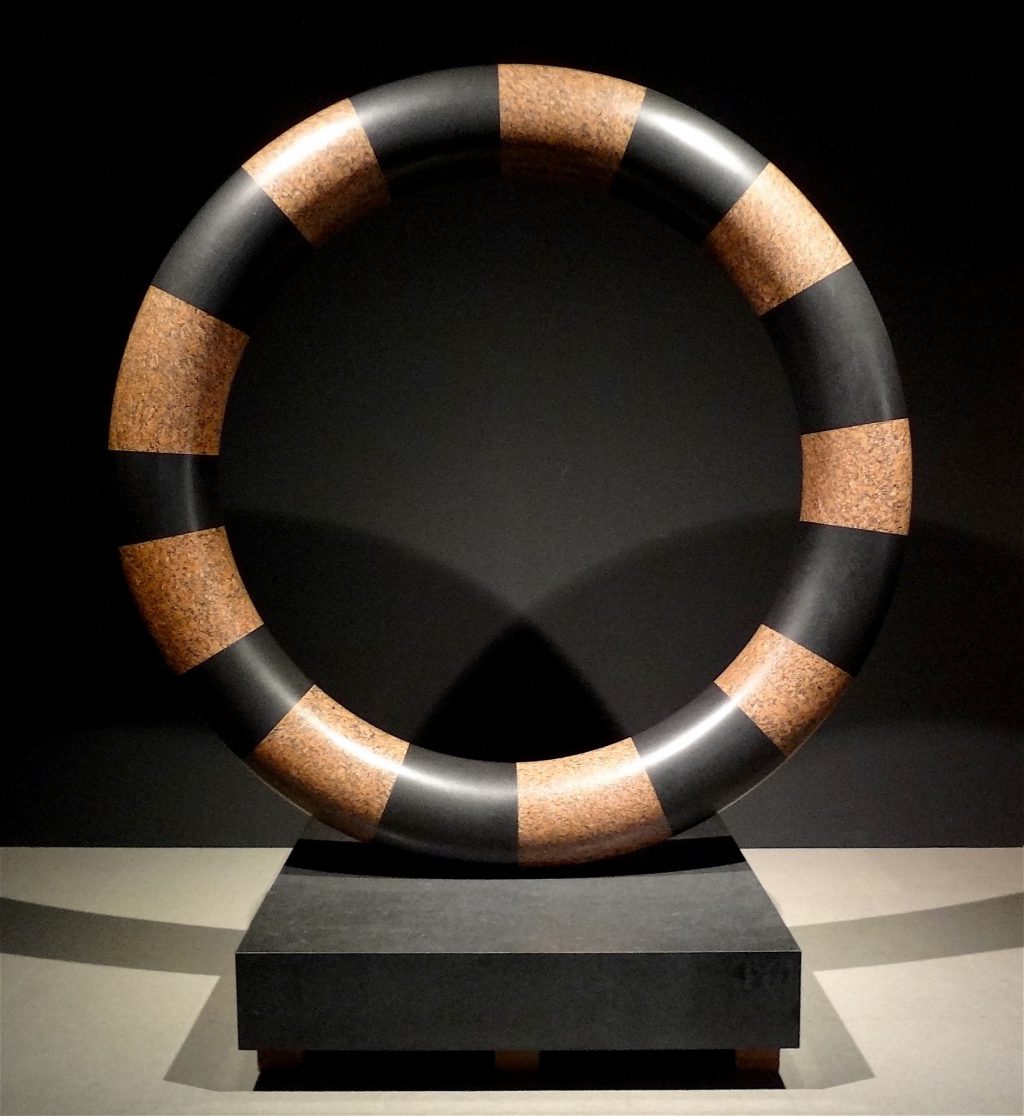
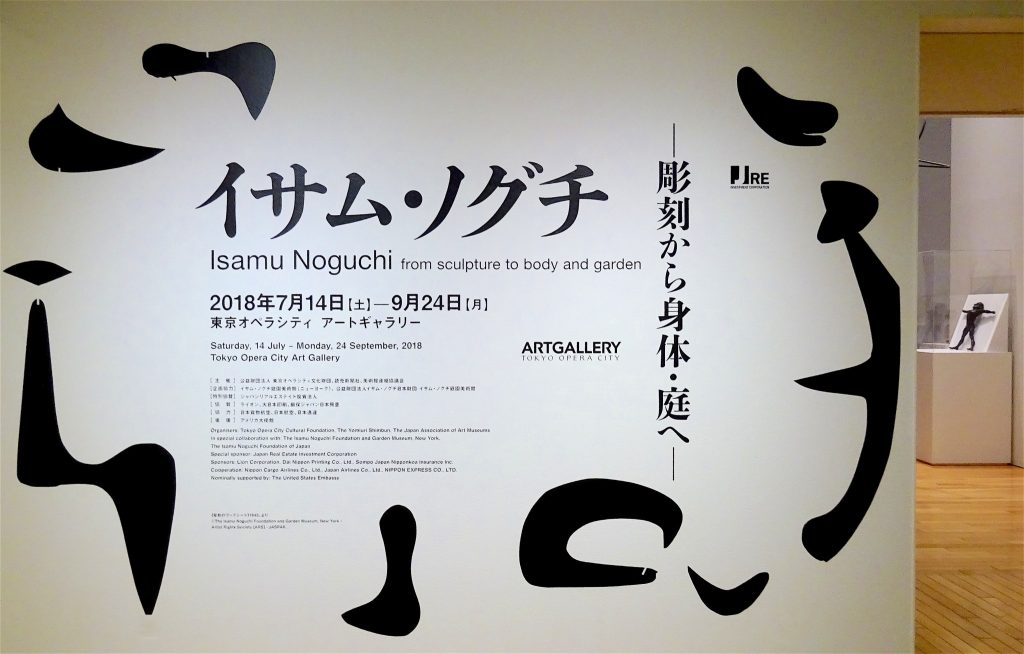
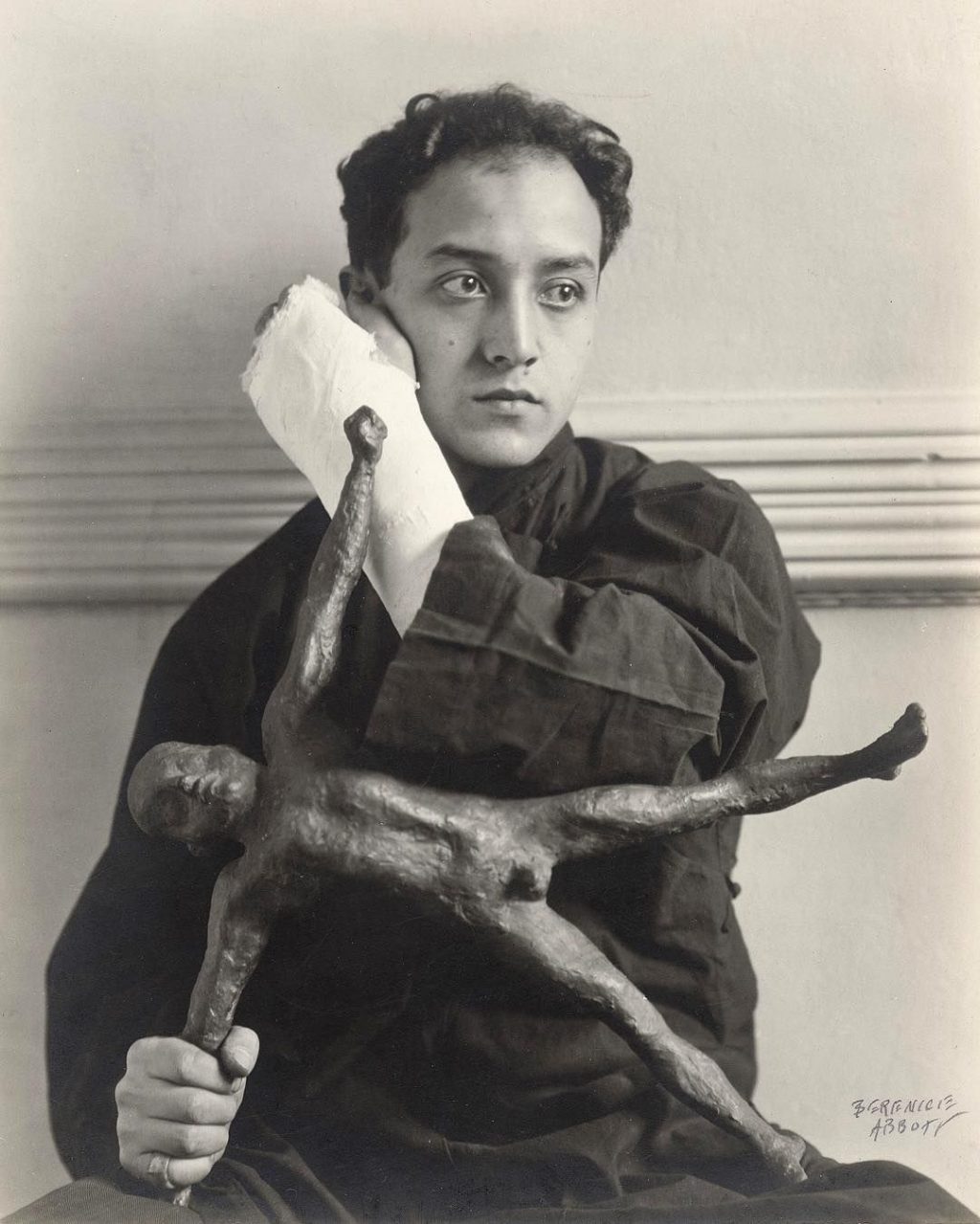
ca. 1928-1930

Isamu Noguchi by Winold Reiss ca. 1929
“German-born artist Winold Reiss challenged the racial typing of minorities by portraying his black, Native American, and Asian subjects as dignified individuals. His portrait of sculptor Isamu Noguchi defied the “yellow peril” stereotyping that followed the 1924 National Origins Act banning Chinese and Japanese immigration. With his frontal pose and bold, confrontational gaze, Noguchi, whose father was Japanese, appears as a self-assured, thoroughly modern young American. The abstract background hints at that mix of the organic and geometric that characterized Noguchi’s sculpture. At the time, Noguchi had just returned from Paris on a Guggenheim Fellowship. In his grant application, he had stated how he planned to reconcile his dual ethnicity through art: “My father . . . has long been known as an interpreter of the East to the West, through poetry. I wish to do the same with sculpture.””
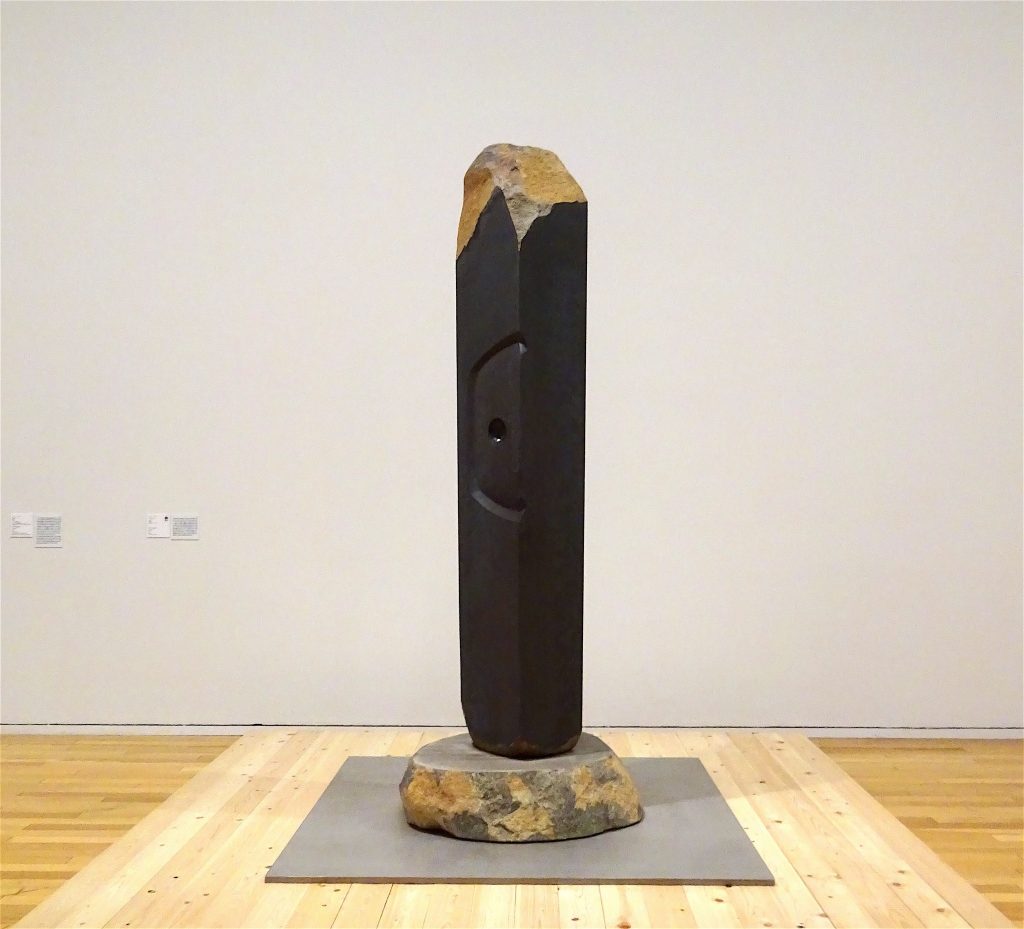
Isamu Noguchi イサム・ノグチ「アーケイック」 (Archaic) 1981年 Basalt
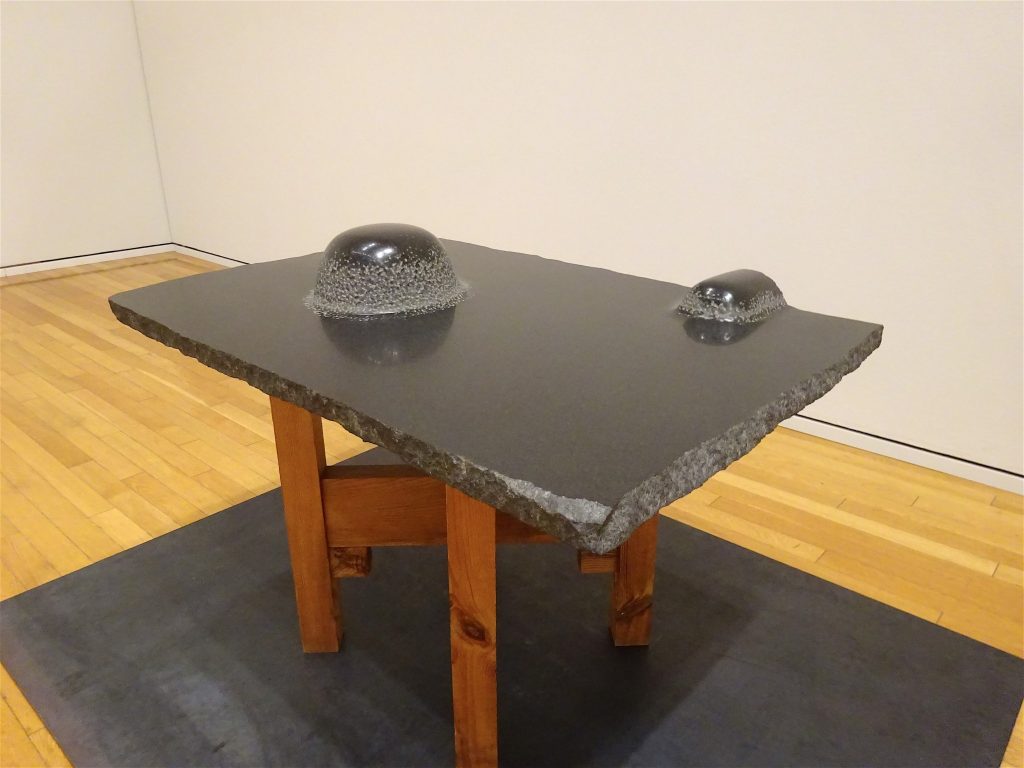
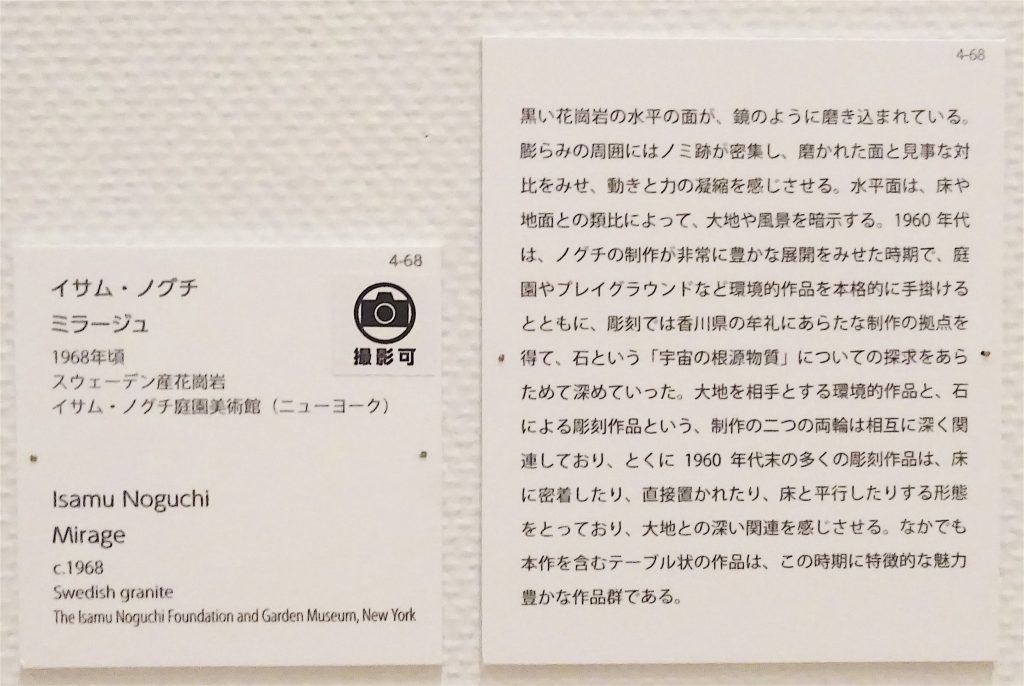
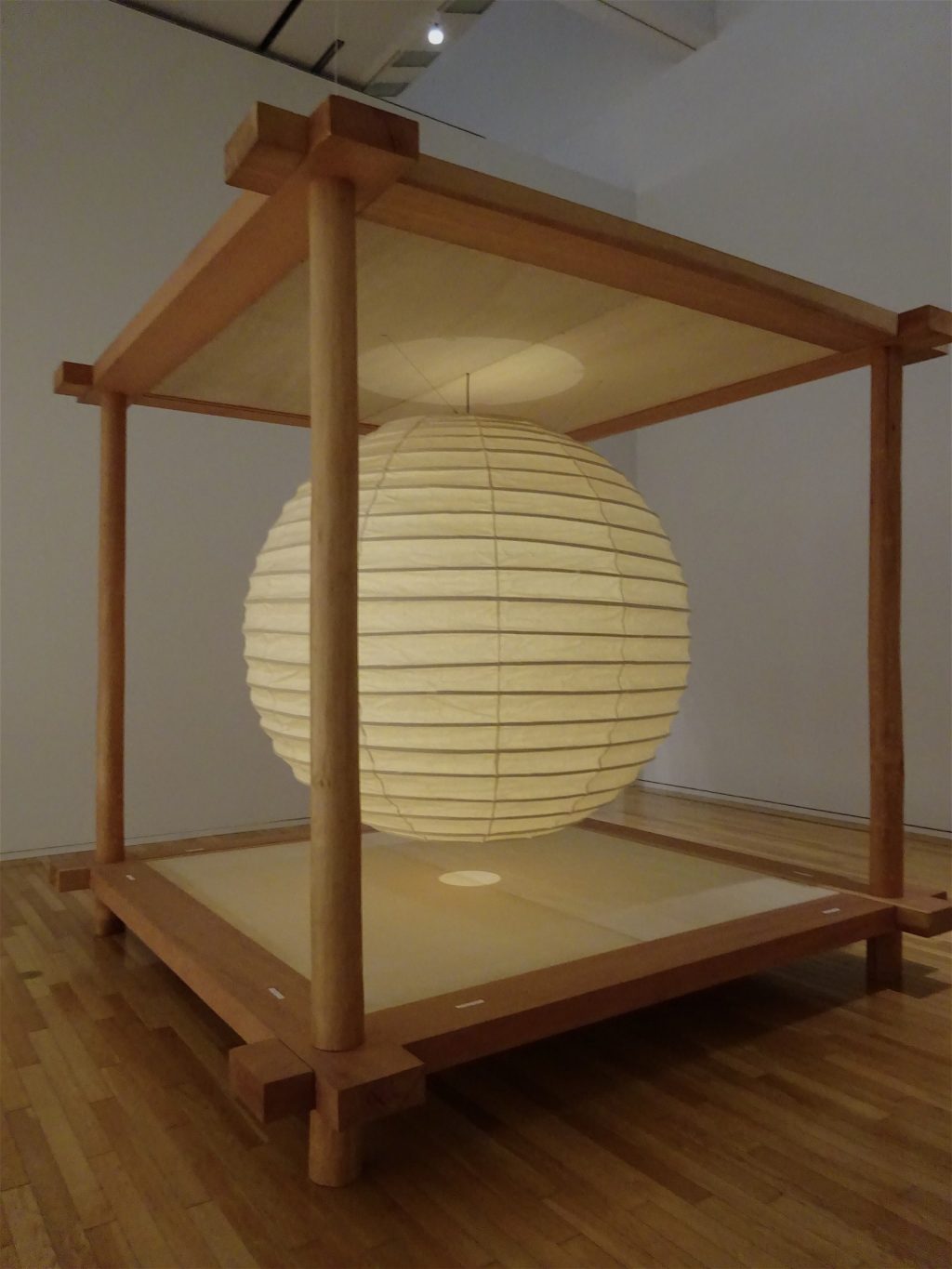
Isamu Noguchi イサム・ノグチ「2mのあかり」 (Two-Meter AKARI ) 1985年、和紙、竹、木
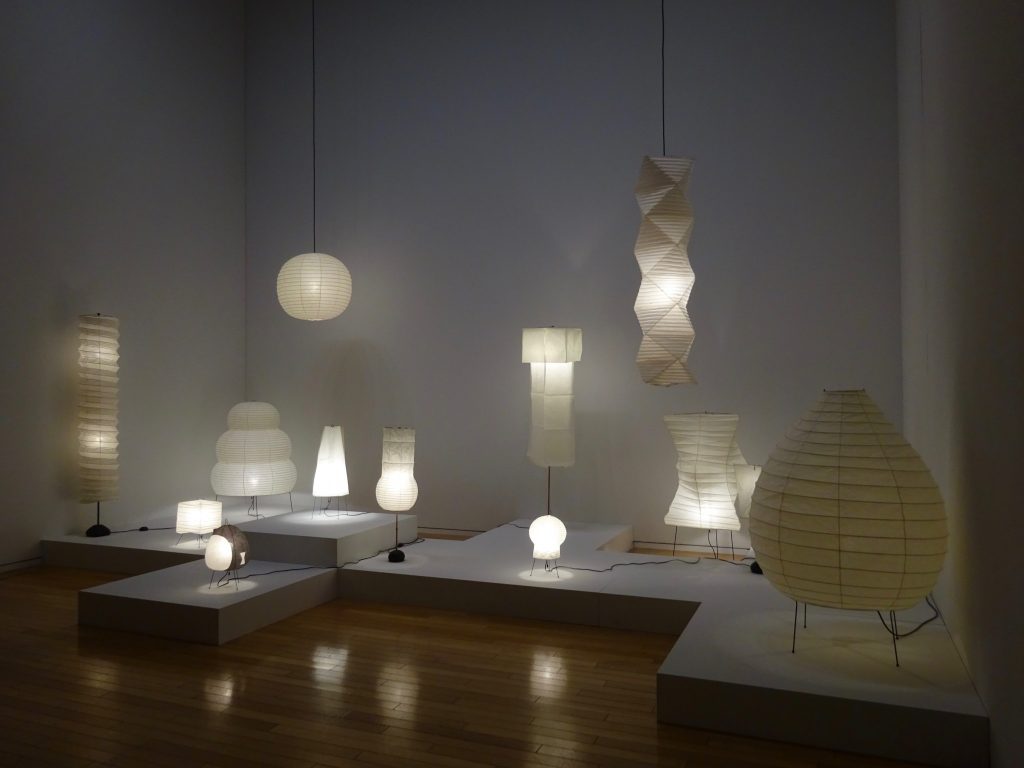
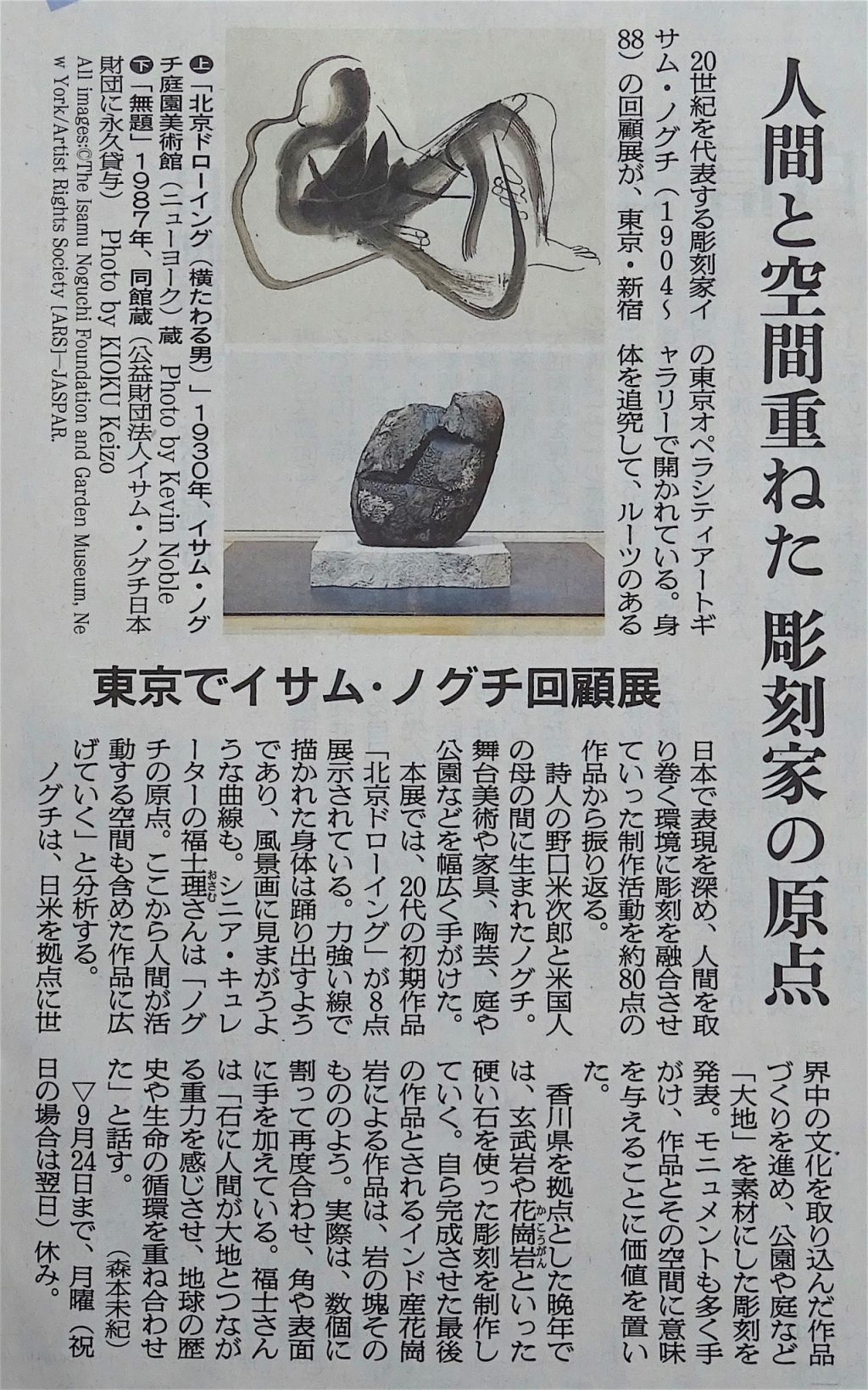
朝日新聞夕刊、2018年8月28日
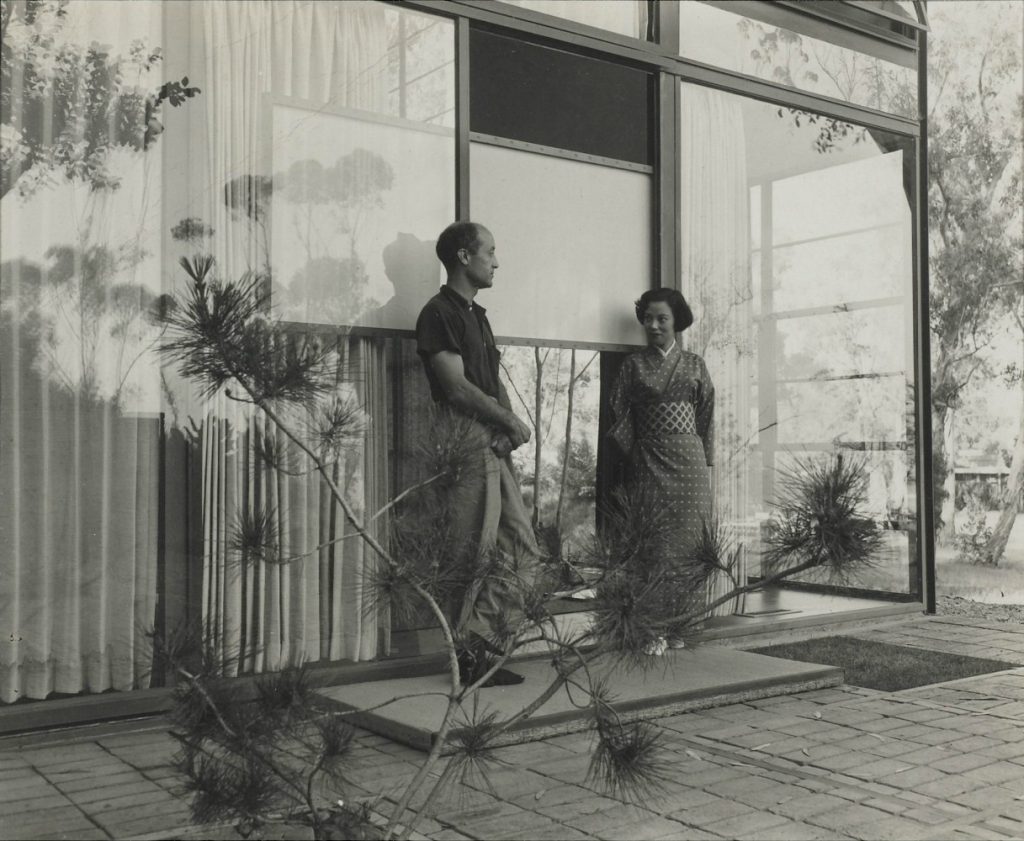
Married couple 夫婦 Isamu Noguchi (aka 野口勇) & Shirley Yamaguchi (aka 山口淑子, Yoshiko Yamaguchi, 大鷹淑子, Li Xianglan, Ri Koran, 李 香蘭) @ Eames’ House, Pacific Palisades, Los Angeles, U.S.A., 1952
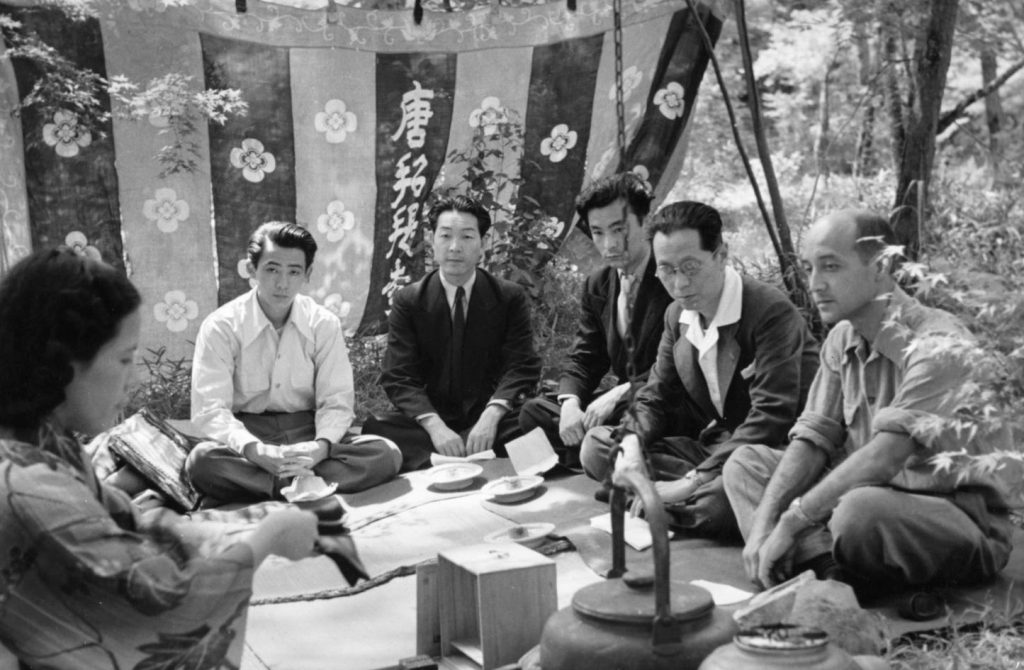
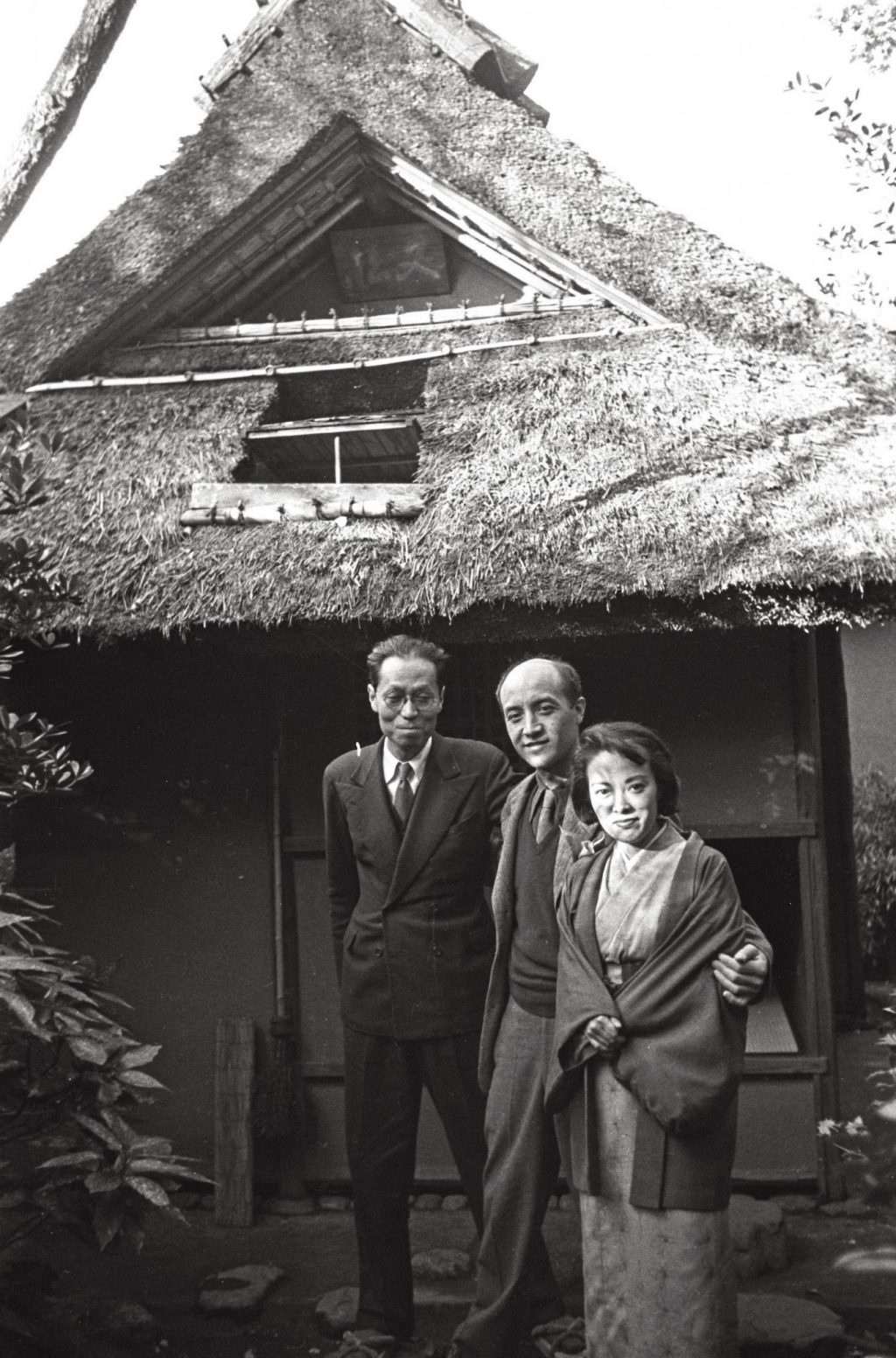
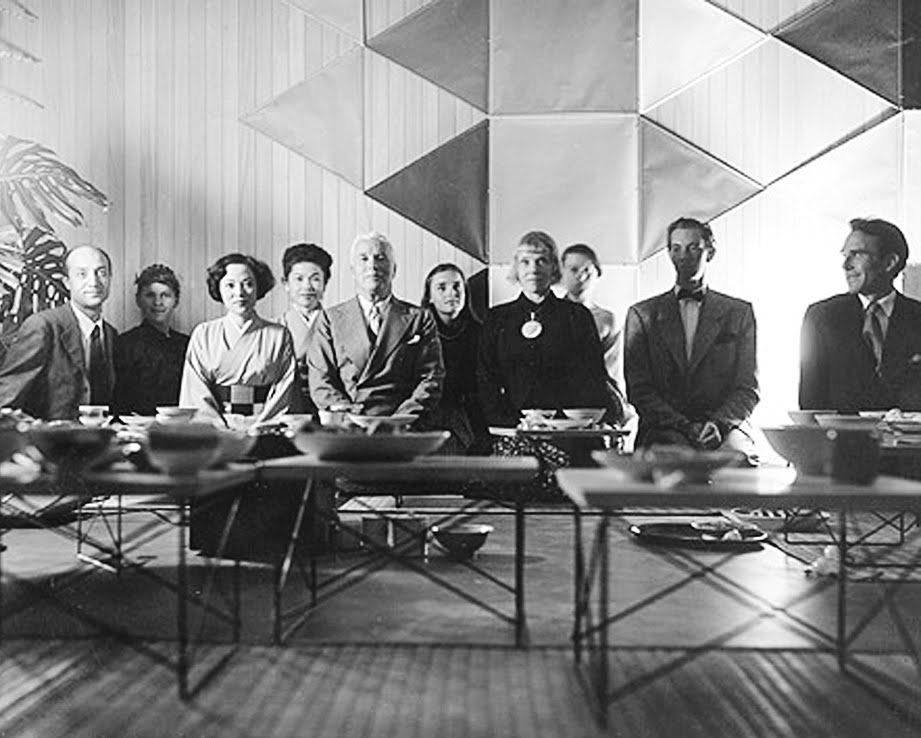
Isamu Noguchi, Shirley Yamaguchi, Charlie Chaplin, Charles Eames and others at a Japanese tea ceremony held at the Eames house, 1951
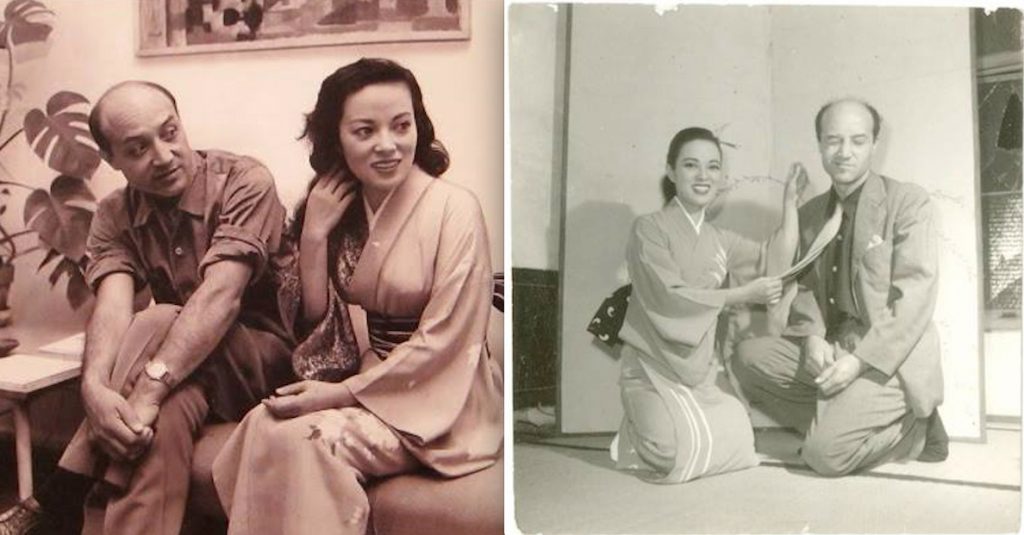
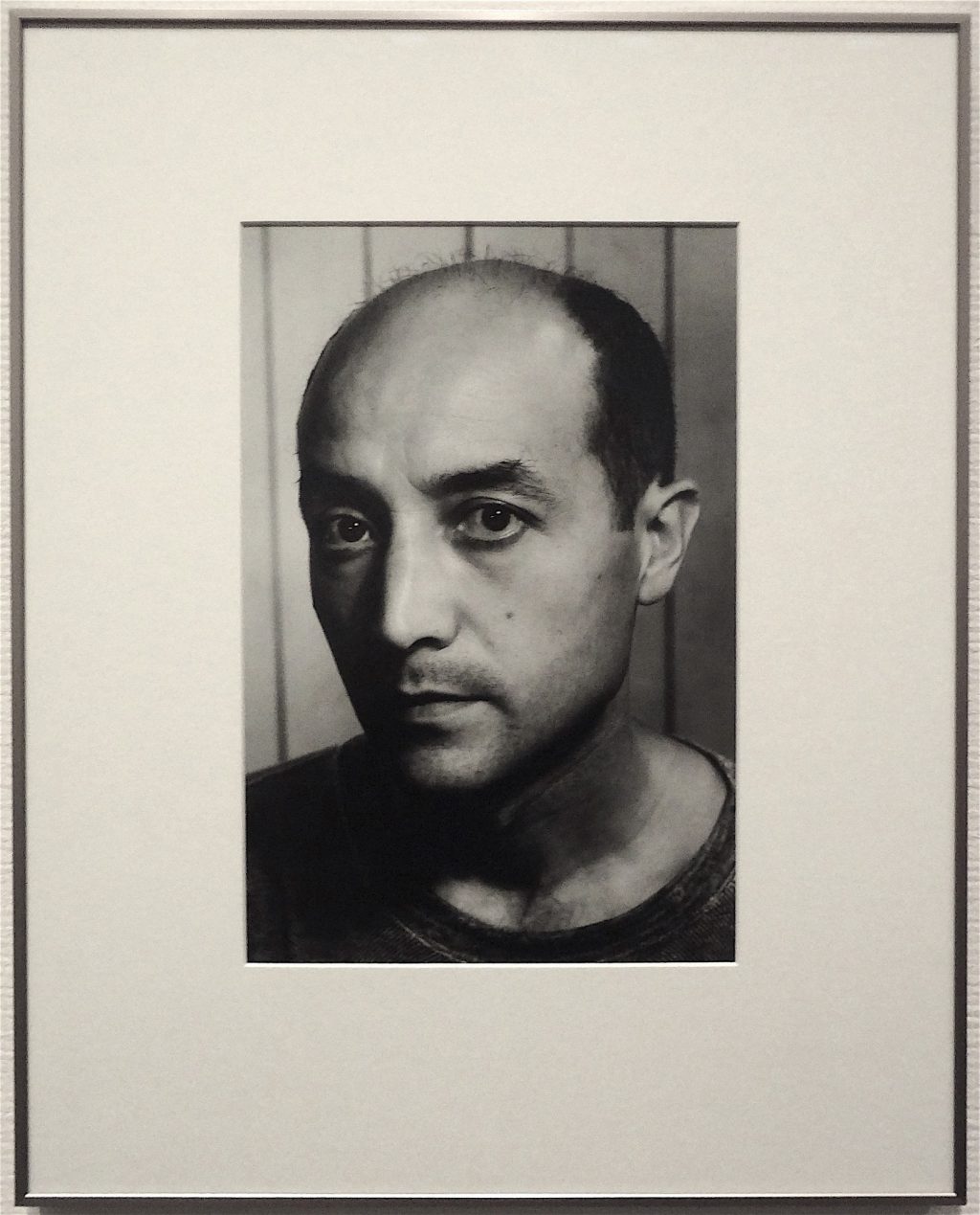

イサム・ノグチ by ジョージュ・ライヌス、1935年頃
up-date:

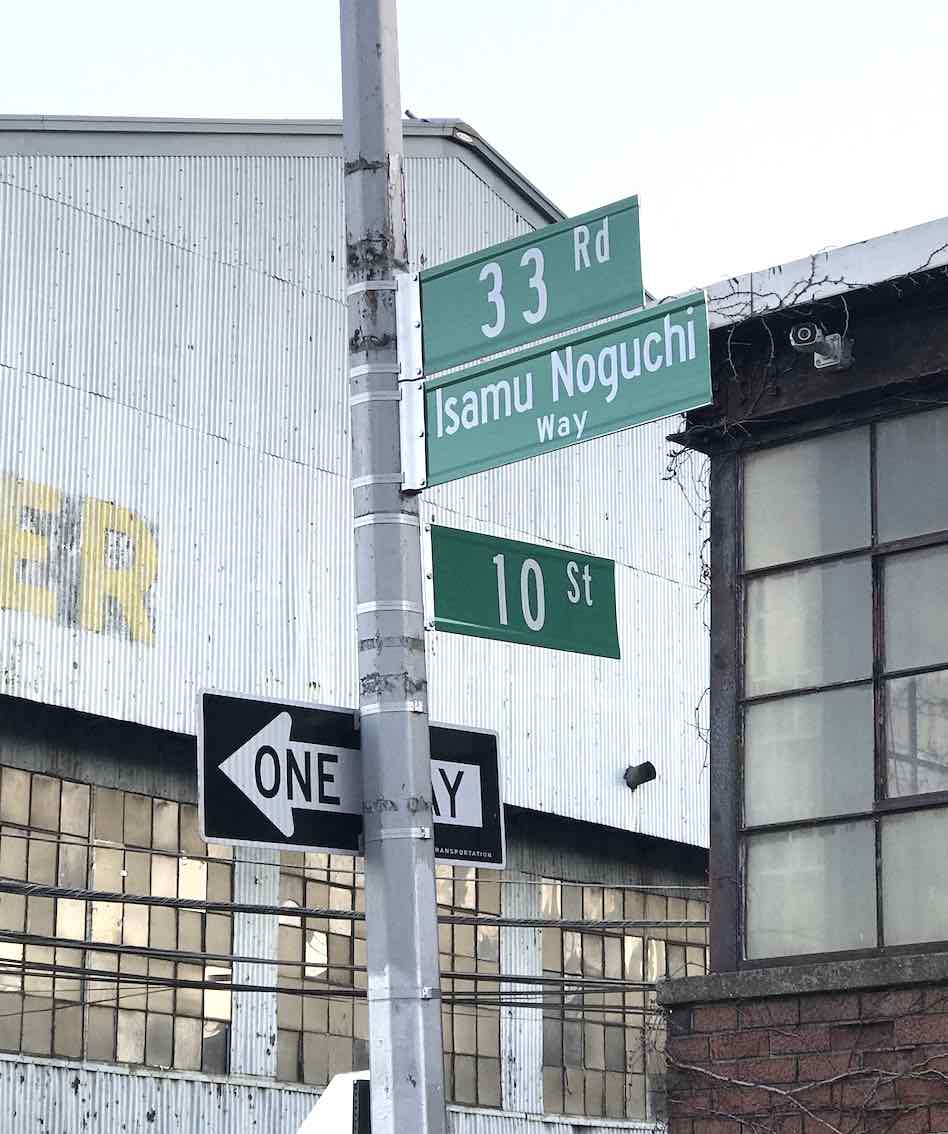
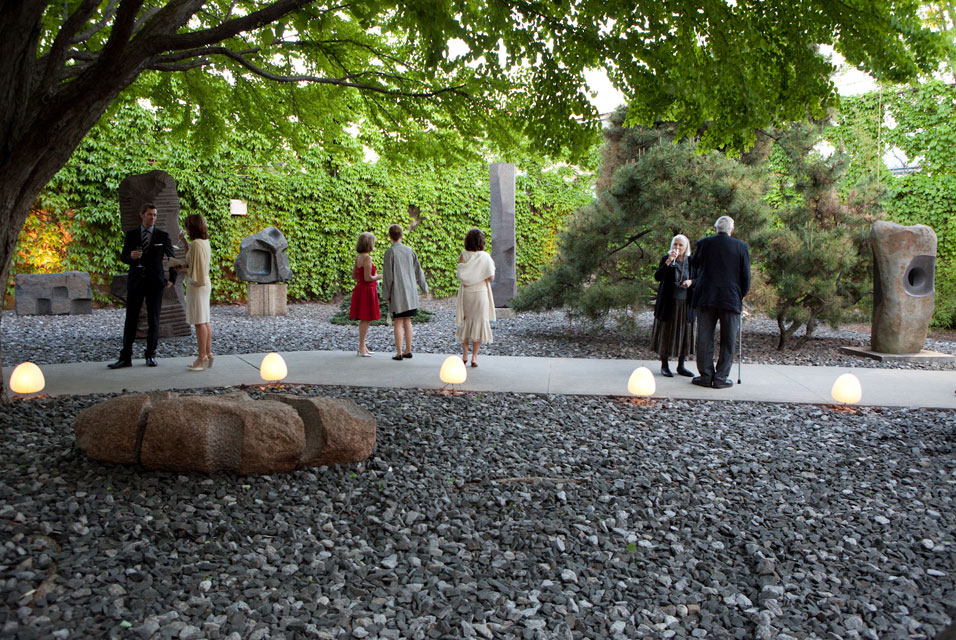
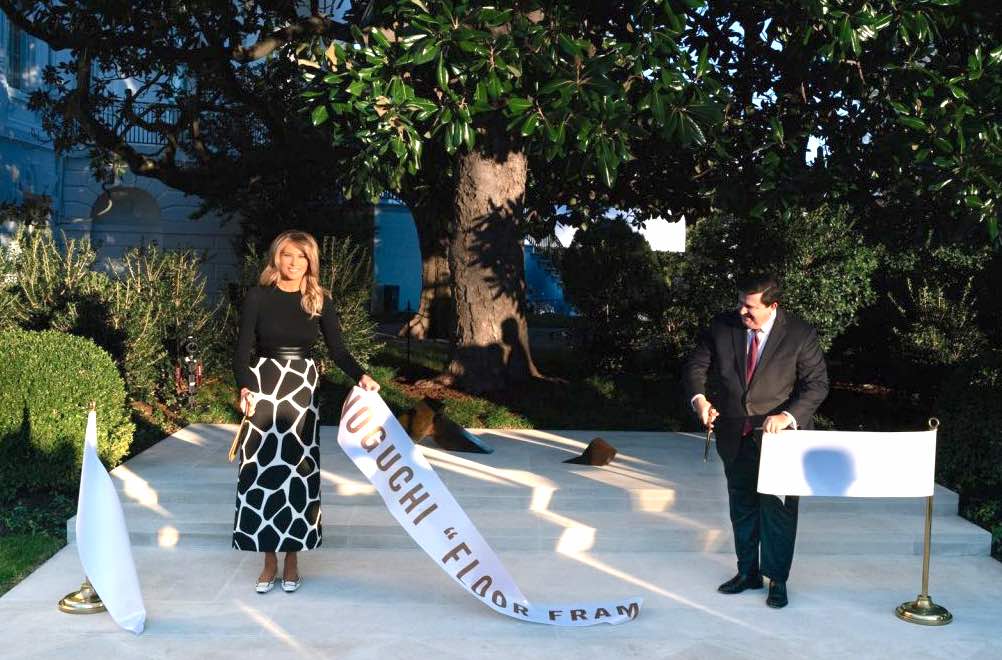

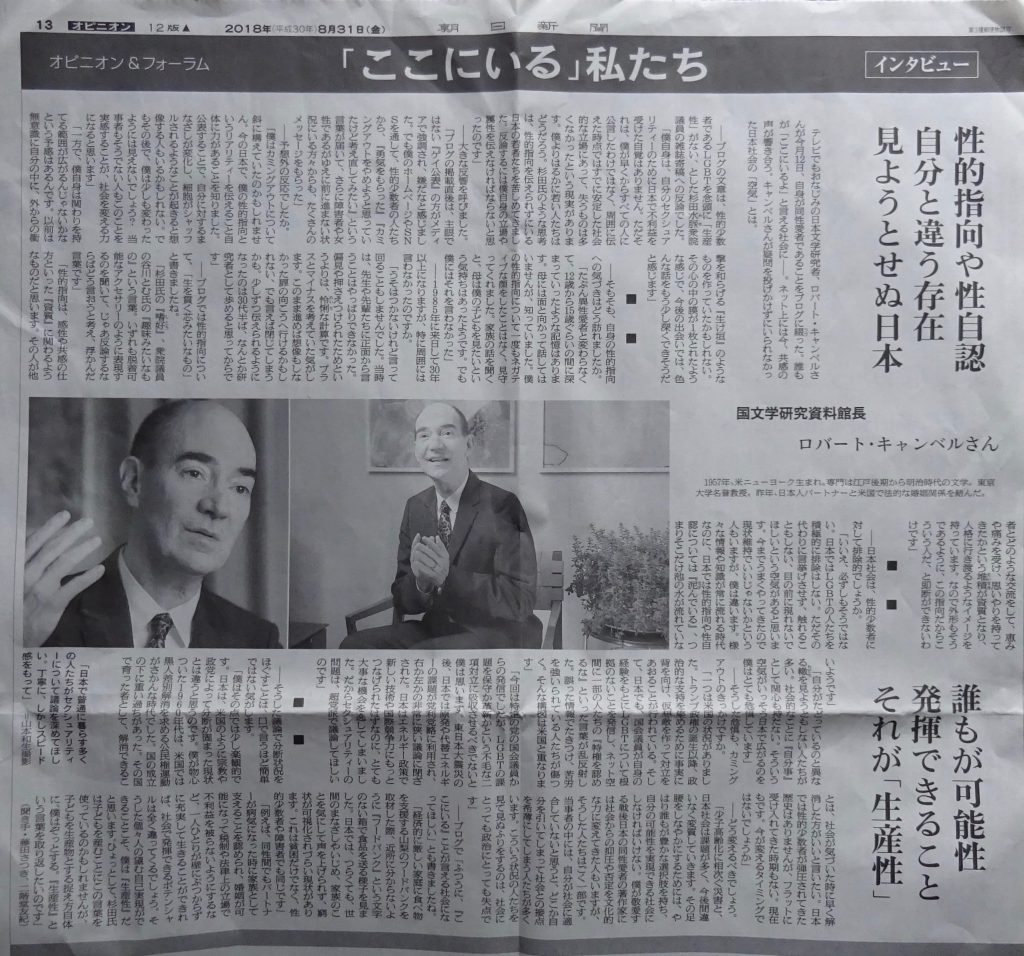
朝日新聞 2018年8月31日

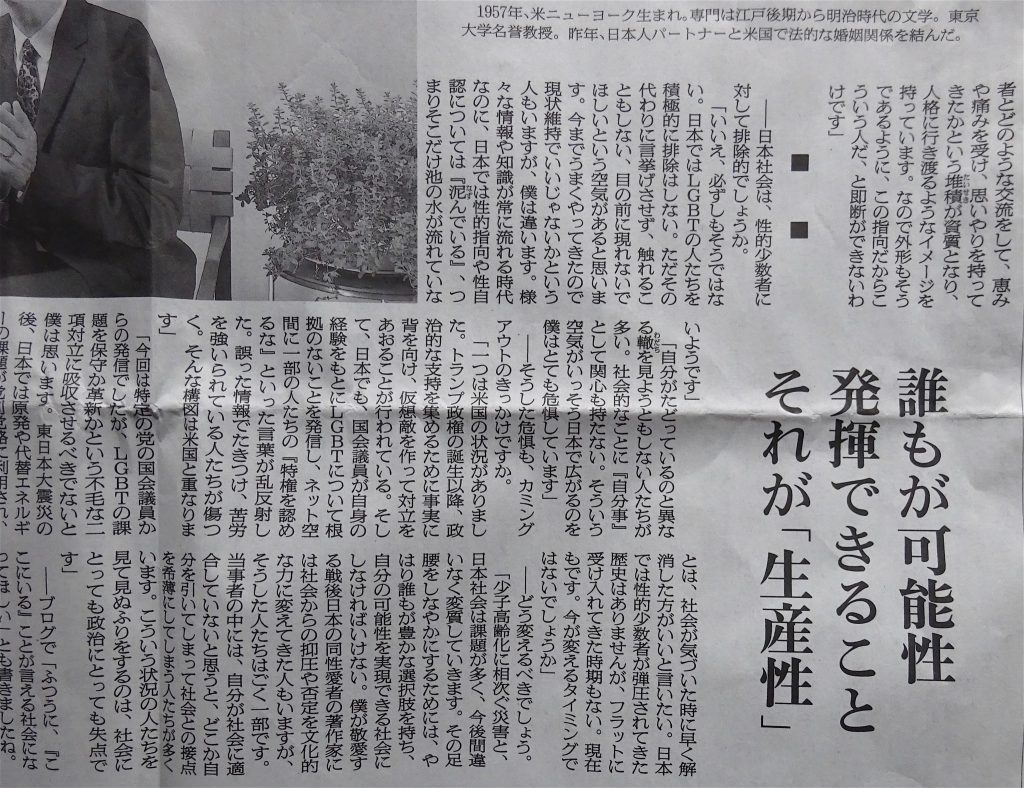

https://robertcampbell.jp
https://robertcampbell.jp/biography/
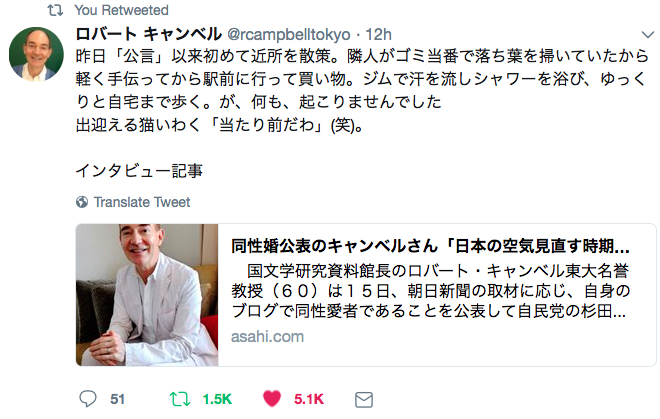
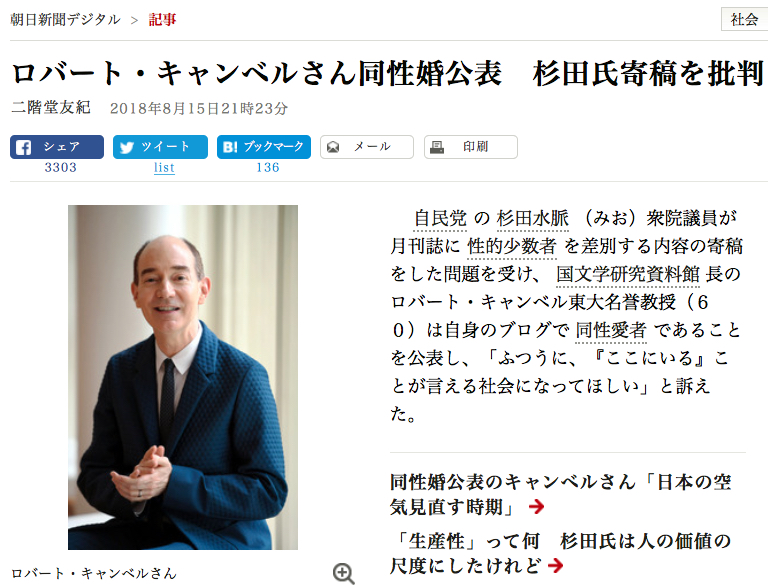
ロバート・キャンベルさん同性婚公表 杉田氏寄稿を批判
二階堂友紀
2018年8月15日
自民党の杉田水脈(みお)衆院議員が月刊誌に性的少数者を差別する内容の寄稿をした問題を受け、国文学研究資料館長のロバート・キャンベル東大名誉教授(60)は自身のブログで同性愛者であることを公表し、「ふつうに、『ここにいる』ことが言える社会になってほしい」と訴えた。
キャンベル氏は15日に東京都内で朝日新聞の取材に応じ、発信の理由について「電子空間を通して杉田氏の主張が拡散し、多くの人々を苦しめ、傷つける材料となっている。自らの属性を明らかにしたうえで、反駁(はんばく)しなければならないと思った」と語った。
1985年に来日し、来年で連れ添って20年になる日本人の同性パートナーがいる。昨年8月には米・ニューヨーク州で法的にも婚姻関係となった。これまでも友人や仕事の関係者など周囲には話していたが、広く公表するのは初めてという。
キャンベル氏は杉田氏の寄稿のうち、同性カップルを念頭に「子供を作らない、つまり『生産性』がない」とした記述について「歯牙(しが)にかけるにすら値しない」と一蹴した。
さらに「女子校では女性が疑似恋愛の対象になるが、成長するにつれ、みんな男性と恋愛して、普通に結婚した」「(同性愛を当然とする報道が)普通に恋愛して結婚できる人まで、『これ(同性愛)でいいんだ』と、不幸な人を増やしかねない」とした部分を問題視。「カミングアウトできずにいる若い当事者を苦しめてきた典型的な誤った主張だ。放置してはいけない」と強調し、「(性的少数者を)積極的に排除はしないが、制度上の公認もしない。そんな日本の空気を見直すべき時期に来ている」と述べた。(二階堂友紀)
https://www.asahi.com/articles/ASL8H643ML8HUTFK00F.html
Literary scholar Robert Campbell comes out, decries Japan’s anti-LGBT lawmakers
KYODO, AUG 15, 2018
Japanese literature scholar and TV celebrity Robert Campbell publicly came out as gay Tuesday and denounced a recent string of anti-LGBT comments by ruling party lawmakers.
The frequent commentator on morning talk shows and radio said in an interview with Kyodo News that he felt “disillusioned” and “alarmed” by the comments and felt the need to ensure they did not lead to misconceptions among the public regarding sexual minorities.
Campbell was reacting to Mio Sugita, a junior member of the House of Representatives belonging to the ruling Liberal Democratic Party, who wrote in a magazine article published last month that lesbian, gay, bisexual and transgender couples are “unproductive,” suggesting that taxpayers’ money should not be spent on them.
Tom Tanigawa, another Lower House LDP lawmaker, later drew fire for saying on an internet show that same-sex relationships are “something like a hobby.”
Campbell said the two appeared to mistake sexuality as “a matter of preference” and the argument that it is something that can be “fixed” is harmful.
“I thought, if it’s not a preference for me, then what is it? After some reflection, I came to the conclusion that it’s a fundamental part of my core being,” the 60-year old New York native said in Japanese.
Campbell, the director general of the National Institute of Japanese Literature in Tokyo, said he knew he was gay at the age of 12 or 13 and had no problem accepting it. He had already come out to friends and co-workers and last year got married in the United States to his Japanese partner of nearly 20 years, but he had not seen a need to make the matter public until now.
LGBT people are kept at arm’s length in Japanese society and are not yet widely accepted, he said. “I’ve found there is something that keeps (LGBT) people from realizing their potential.”
The country has been moving toward acceptance of LGBT couples, with a small but growing number of municipalities and companies giving them similar treatment to heterosexual married couples. Ochanomizu University, a prominent women’s school in Tokyo, recently made headlines by announcing it will begin accepting transgender students.
Campbell said that while Sugita and Tanigawa’s comments are unfortunate, “I hope, along with my own words, they will lead us to think about the issue together.”
https://www.japantimes.co.jp/news/2018/08/15/national/japan-literary-scholar-robert-campbell-says-gay-decries-anti-lgbt-lawmakers/
2018年9月19日のアップデート:
新潮社「生産性ない」擁護の特集に別の編集部が批判ツイート
NHK 2018年9月19日 19時01分 LGBT
新潮社の月刊誌が、性的マイノリティーの人たちは「生産性」がないなどとする自民党の杉田水脈衆議院議員の論考を擁護する特集を組んだことに対し、同じ新潮社の別の編集部がこれを批判するツイートを次々と発信し、ネット上で多くの意見が出ています。
新潮社の月刊誌「新潮45」は、ことし7月に発売された号に、LGBTと呼ばれる性的マイノリティーの人たちについて「子どもを作らない、つまり『生産性』がない」などと記した自民党の杉田水脈衆議院議員の論考を掲載し、18日発売された最新号では、論考への非難に反論する特集を組んでいます。
これに対し、同じ新潮社の文芸書の編集部が主に使っているツイッターでは、「良心に背く出版は、殺されてもせぬ事」という創業者の言葉を冒頭に固定して紹介したうえで、最新号の特集に対する作家の批判などを次々とリツイートしています。
これについてネット上では「社内でも義憤に駆られている人がいる証拠だと思う」といった応援のコメントのほか、「直接の被害にあってるのは出版社ではない。社会的弱者だと忘れてはいけないよ。そこを飛ばして出版業界の美談にしてはならない」といった意見も出ています。
社内からのツイートについて、新潮社は「言論の自由を最大限に尊重するという立場から、言論統制のようなことは従来より一切行っておりません」としています。
https://www3.nhk.or.jp/news/html/20180919/k10011636271000.html
ーーーーーー
小説家 星野智幸 Tomoyuki Hoshino (2018年9月19日)
新潮社出版部文芸のアカウント @Shincho_Bungei が、『新潮45』がヘイト論文掲載について開き直り正当化する態度を今月号で表明したことに対し、批判する人たちのツイートを、ガシガシとリツイートしています。社内で戦っている社員やスタッフたちがいるのです。書き手としては、私はその人たちと共にありたい。この人たちを孤立させないことが、今重要です。外部から、書き手も読者も、新潮社バッシングではなく、『新潮45』のしていることがおかしいと、はっきり批判していきましょう。
社員や仕事相手(書き手たち)や買い手(読者たち)が、恥ずかしい関わりたくない、と思わせるような差別の宣伝媒体を、会社として野放しにするべきではないでしょう。これだけの文化的貢献と優れた歴史的遺産を持つ出版社が、こんなどうしようもないほころびを、まだ自分で繕えるはずなのに放置して、崩壊していくとしたら、あまりに悲しいです。
私の性的少数者の友人知人たちの中には、『新潮45』の杉田水脈論文が発表されてから、抑うつ状態に陥ったり、希死念慮に取り憑かれそうになっている人もいます。人を死に追い込む言論は、自由な言論ではなくて暴力であることを、言論機関は学んでほしいです。
https://www.facebook.com/tomoyuki.hoshino.54/posts/1577685719004409
松下まり子 Mariko Matsushita「Silent Resistance to Oblivion」
KEN NAKAHASHI Gallery
2018/8/24 ~ 9/21
Open: 11:00 ~ 21:00, closed on Sundays and Mondays
160-0022 東京都新宿区新宿3-1-32、5階
Tokyo, Shinjuku-ku, Shinjuku 3-1-32, 5F
Highly recommending: Matsushita’s new artist book is on sale in the gallery, signed limited edition of 100
https://kennakahashi.net/ja/exhibitions/silent-resistance-to-oblivion
https://kennakahashi.net
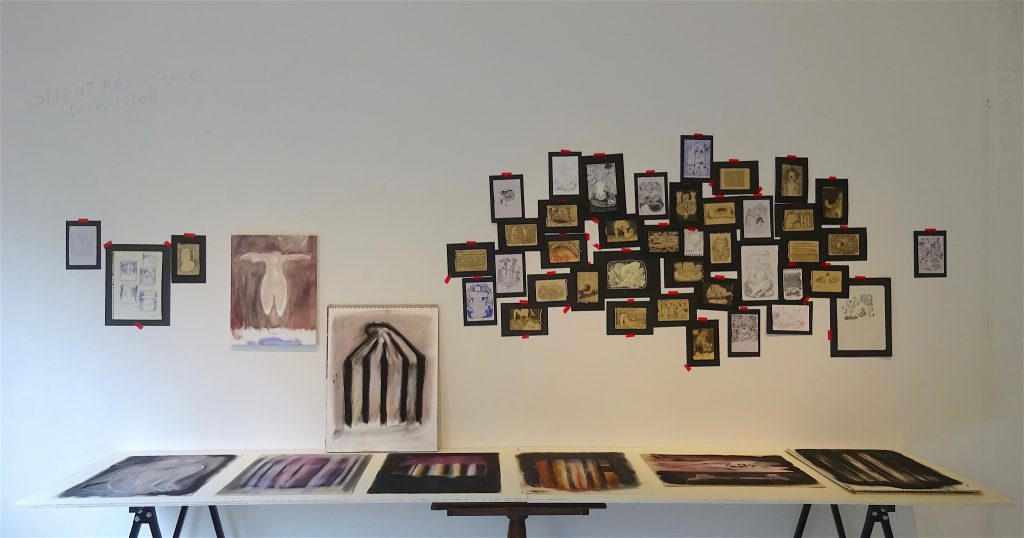
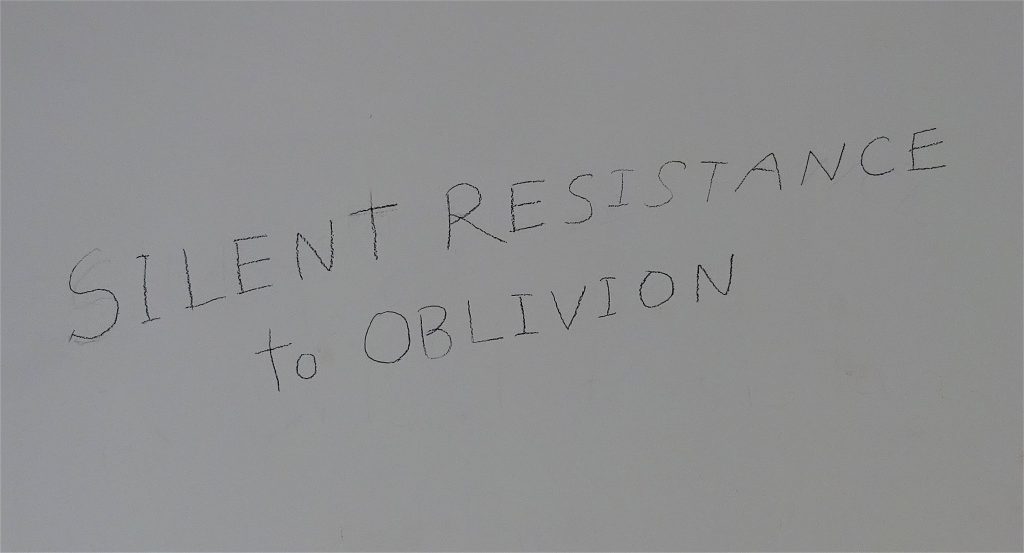
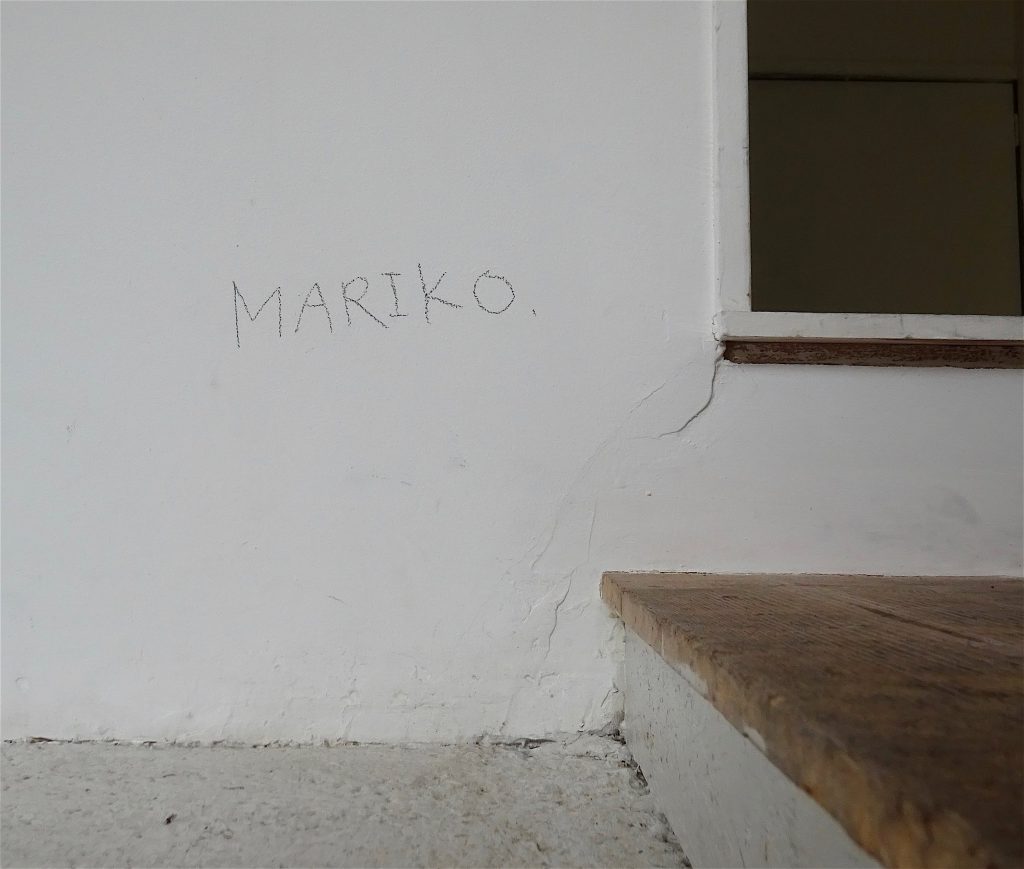
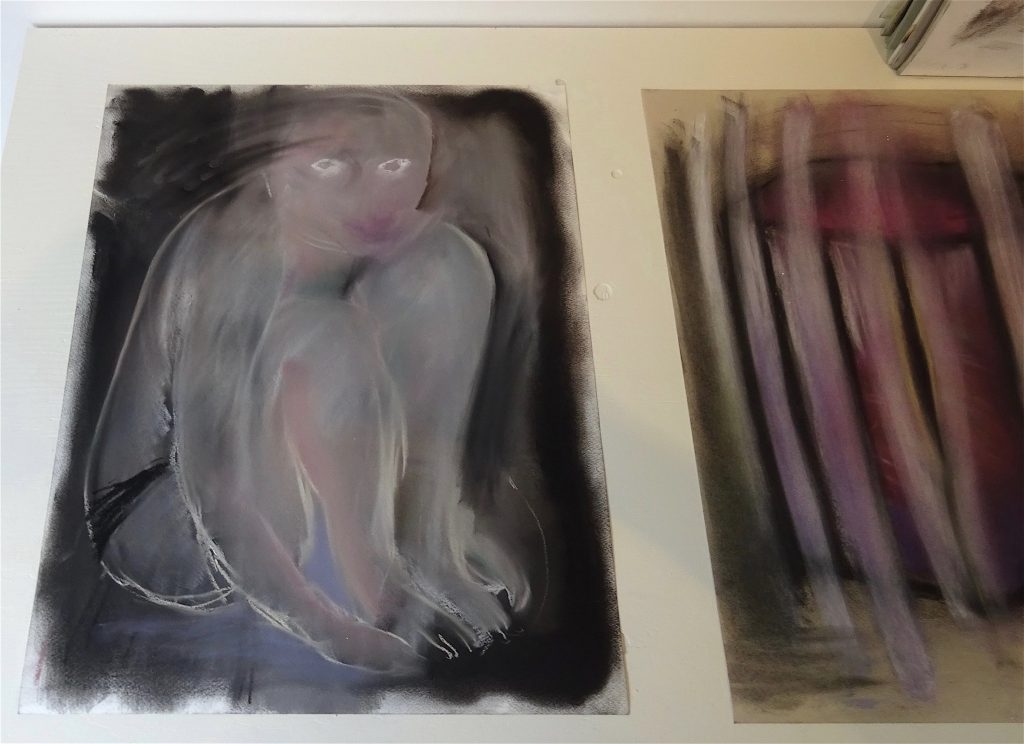
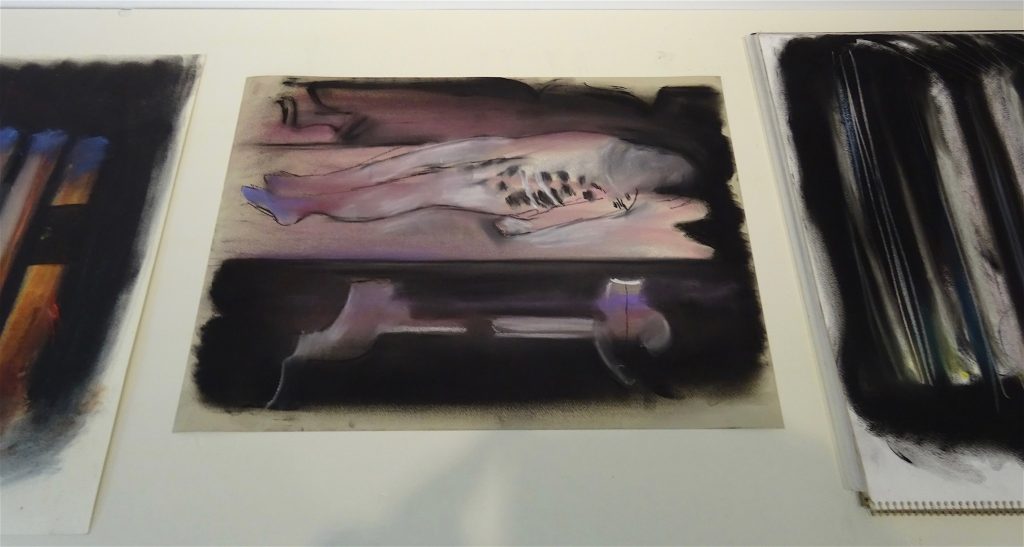
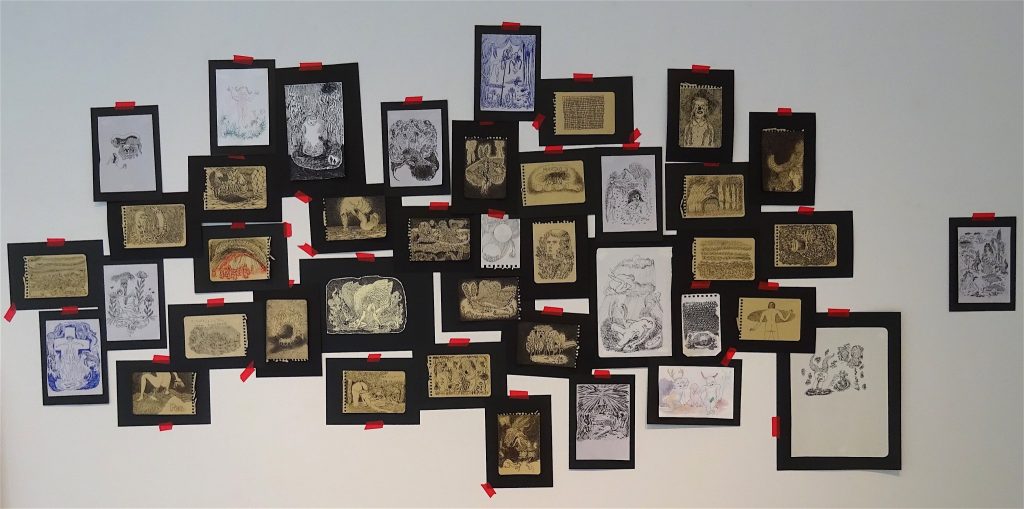

松下まり子 MATSUSHITA Mariko「子供十字架」 2017年 oil on canvas
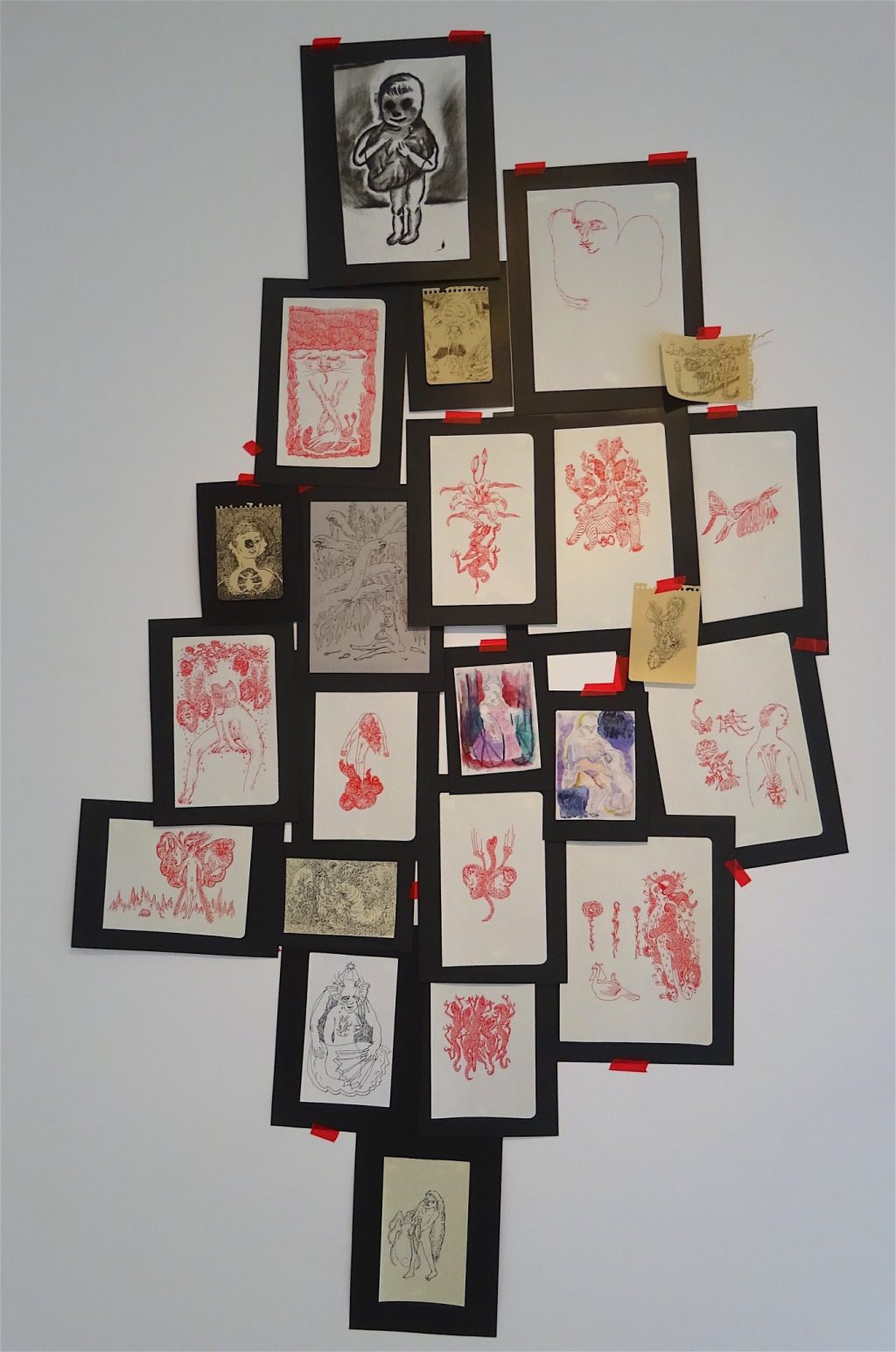
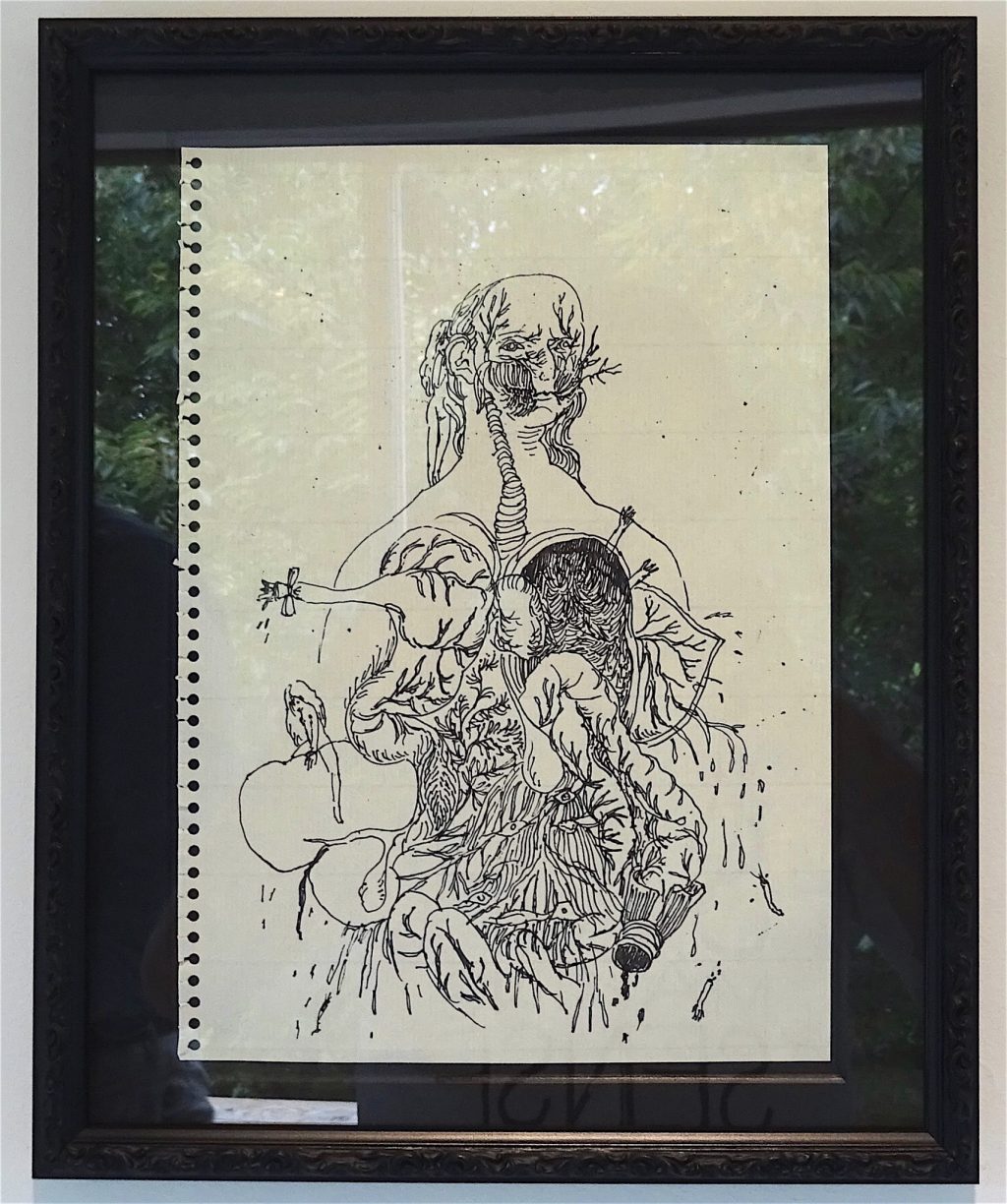
MATSUSHITA Mariko 松下まり子「untitled」2015年 pen on paper

以前の記事を参考(2018年4月1日):
クリムゾン色の暗闇、日本の傑出した画家松下まり子:「RAW」個展 @ KEN NAKAHASHI
Darkness of Crimson – Outstanding Painter from Japan: MATSUSHITA Mariko “RAW” @ KEN NAKAHASHI
https://art-culture.world/articles/darkness-of-crimson-outstanding-painter-from-japan-mariko-matsushita-raw-ken-nakahashi/
Marvellous Boys: Oscar Wilde and Wilhelm von Gloeden
Aug 17 – Sep 30, 2018
Wednesday – Sunday 10:30am – 6:30pm
SHIN GALLERY
322 Grand St.
New York, NY 10002
http://www.shin-gallery.com/Exhibition/?ex_cd=43&view_fg=C&site_gb=1
http://www.shin-gallery.com
他にも参考:
http://www.artspeak.nyc/home/2018/8/13/oscar-wilde-wilhelm-von-gloeden
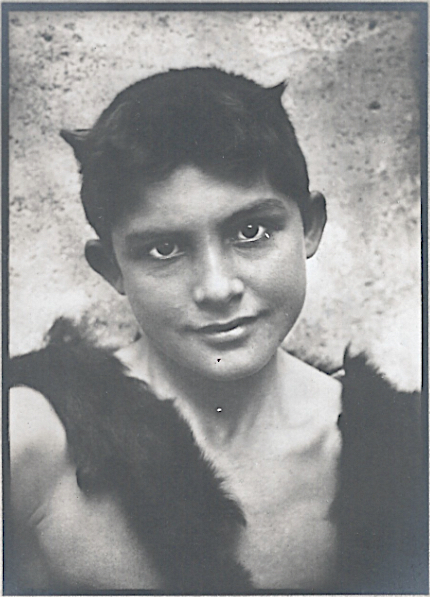
ヴィルヘルム・フォン・グレーデン Wilhelm von Gloeden (1856-1931) “Sicilian youth with horns” 1905, Vintage Post Card, 14 x 8.9 cm
https://en.wikipedia.org/wiki/Wilhelm_von_Gloeden
https://ja.wikipedia.org/wiki/ヴィルヘルム・フォン・グレーデン

ヴィルヘルム・フォン・グレーデン Wilhelm von Gloeden (1856-1931) “Boy with Fish” 1899
Albumen print, Vintage, 21 x 14.6 cm, detail 部分
細かく:
http://www.shin-gallery.com/Exhibition/

“Achmed” 1895 Albumen print, printed 1909, 22.1 x 16.8 cm
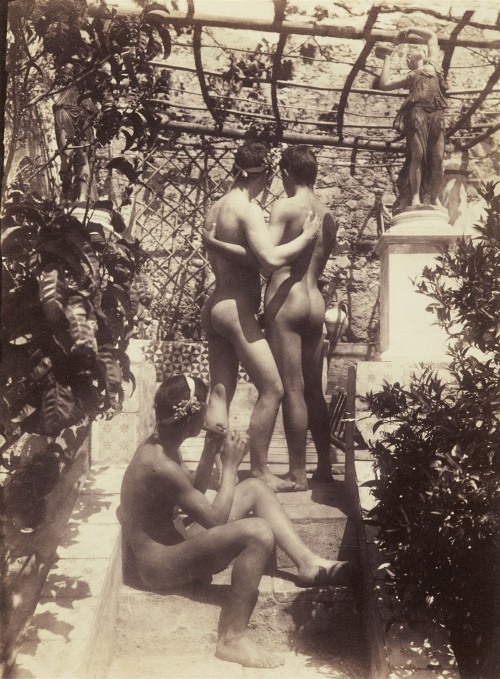
“Untitled” 1890 – 95 Albumen print, printed 1906, 22.8 x 16.9 cm

Wilhelm von Gloeden 1856 – 1931 Taormina “Untitled”, 1895-98
細かい画像へ:
https://www.lempertz.com/en/catalogues/lot/1109-1/11-wilhelm-von-gloeden.html
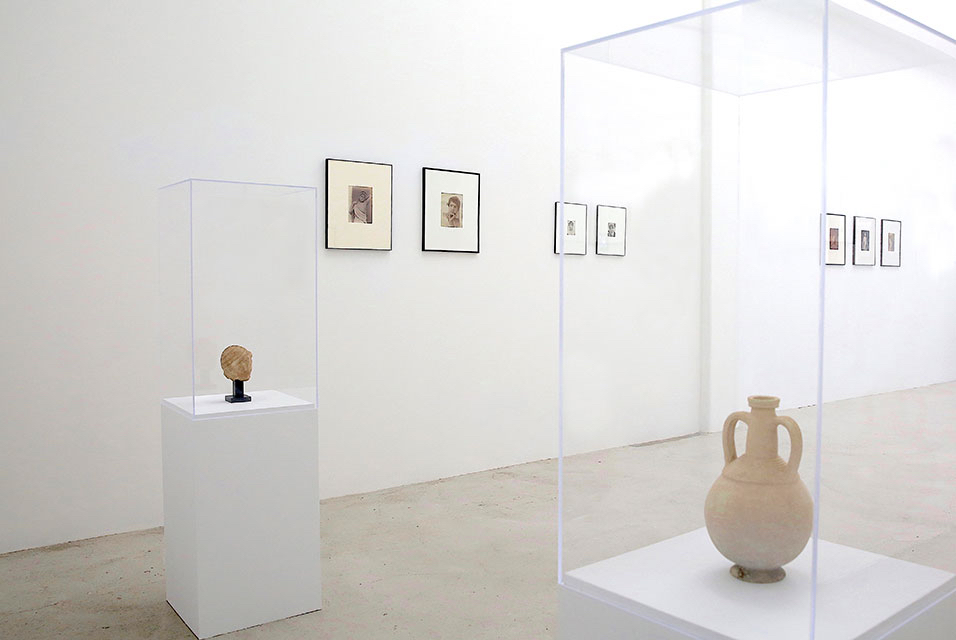
artdailyの宣伝により:
http://artdaily.com/news/107020/Exhibition-of-photographs-by-Wilhelm-von-Gloeden-on-view-at-Shin-Gallery
NEW YORK, NY.- Shin Gallery is presenting Marvellous Boys, an exhibition consisting of photographs by German photographer Wilhelm von Gloeden (1856-1931) and an autograph revision of The Picture of Dorian Gray by Irish writer Oscar Wilde (1854-1900).
Throughout Von Gloeden’s career, he captured pastoral nudes of young men in Sicily. Upon his 1877 arrival to Taormina, he saw young men as vestiges of a Greco-Roman golden age when male homoeroticism was relatively tolerated. Inspired by the liberalism and Arcadian landscapes he saw in Sicily, Von Gloeden reappropriated classical culture through his nude sitters, accessorizing them with Greco-Roman motifs of skimpy togas, olive wreaths, and amphorae. He strictly opposed studio photography, working exclusively en plein air in antique or rocky natural settings, where he would lather his models in a mixture of milk, olive oil, and glycerin for a mesmerizing glow. His groundbreaking, strikingly realistic liberation of the body was simple and romantic, attracting appreciation in European capitals and branding Sicily for fin-de-siècle gay artists as a destination frozen in a tolerant, bygone era.
This retrospective looks at Von Gloeden’s classicized boys in Sicily from the perspective of Irish writer Oscar Wilde. Wilde was one of Von Gloeden’s most fervent supporters, visiting him in 1898 out of admiration for his work’s aesthetically-driven, unapologetic, homoerotic display of Sicily’s “marvellous boys”. Wilde sought a queer safe haven in Taormina during the summer of 1898 to escape his tumultuous relationship with Lord Alfred Douglas and the persecution it had brought him in England. In Taormina, Wilde frequently visited Von Gloeden’s studio, cultivating a fond relationship with the photographer, finally leaving Sicily with a suitcase full of Von Gloeden’s shots of Taormina’s boys.
The works exhibited have a distinctly Wildean aesthetic in the way they capture the men of Sicily; Von Gloeden’s photography is “art for art’s sake”, following Wilde’s belief that art should be purely visual and void of any underlying social or moral agenda. For this clear parallel and Wilde’s deep connection to Von Gloeden and Sicily, we juxtapose the photographs alongside Wilde’s revised literature of The Picture of Dorian Gray. The work is considered to be one of the best-known homoerotic novels by Wilde. In the story, Basil Howard paints a portrait of Dorian Gray, depicting him as an exceptionally beautiful man reminiscent of a “young Greek martyr”. Wilde had to revise the story numerous times as it violated laws guarding public morality of the time, resorting to Hellenism as code for homoeroticism. Von Gloeden similarly used Greek motifs in his photography for the same purpose of hinting at queer love and desire. To honor Wilde and Von Gloeden’s cunning use of Greek motif, we are also exhibiting Greek sculpture alongside Wilde’s revised literature and Von Gloeden’s photography.
Wilhelm von Gloeden and Oscar Wilde mused nostalgically on ancient Greek and Roman motifs to justify that no art should suffer incursions from the moral sphere.
compare with…



今日のおまけ(1)

若い頃、シチリア島にて
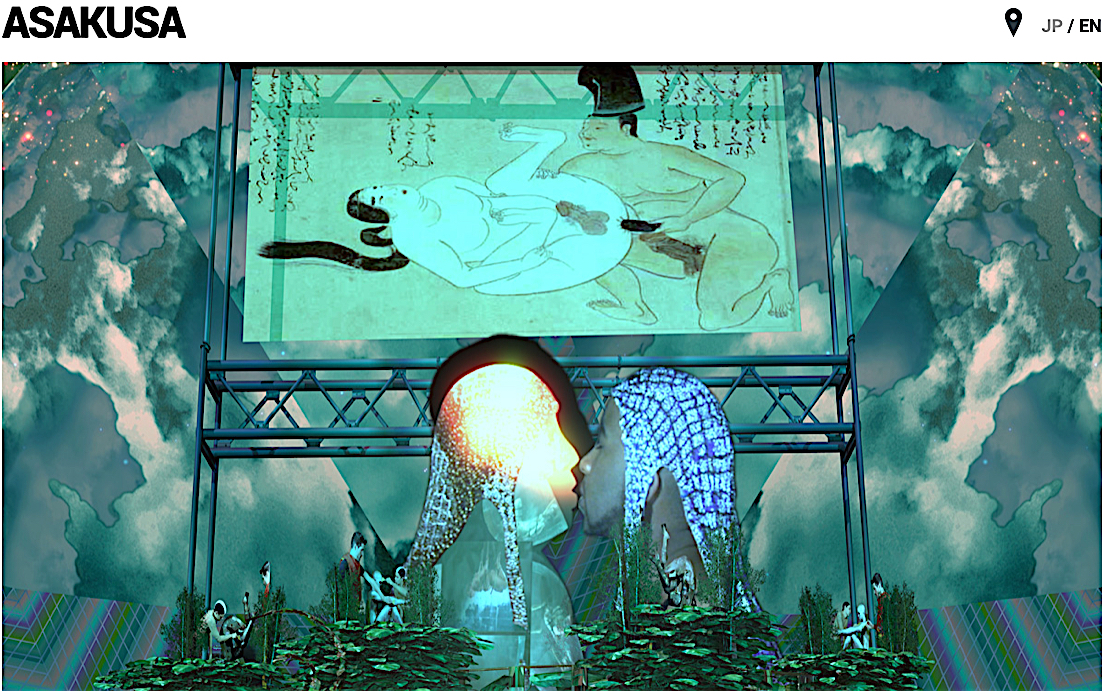
(スクリーンショット)
(それほどまでには) 統治されないための芸術
The Art of Not Being Governed (Quite So Much)
アサクサエンターテイメンツ
Asakusa Entertainments
2018年9月22日(土)〜9月24日(月・祝)
キュレーション:アサクサ
Curation: ASAKUSA
https://www.asakusa-o.com/the-art-of-not-being-governed/
助成:公益財団法人東京都歴史文化財団 アーツカウンシル東京、公益財団法人 朝日新聞文化財団
Supported by: Arts Council Tokyo, Tokyo Metropolitan Foundation for History and Culture; The Asahi Shimbun Foundation, FONCA.
Special thanks: Jaime Marie Davis, Daisuke Miyatsu, Ota Fine Arts, SPoN!
Image: Jacolby Satterwhite, Avenue B (Danshoku), 2018.
“The Art of Not Being Governed (Quite So Much)” is a public address and film screening event with supporting visual references by Pauline Boudry / Renate Lorenz, Hans Haacke, Yayoi Kusama, Minouk Lim, Yoshua Okón, Jacolby Satterwhite, Hito Steyerl, and Ming Wong. The presentation is curated by Asakusa as an adaptation of the lecture “What is Critique?” (1978) by Michel Foucault.
The critical attitude challenges rationality, and formulates ethical virtues that articulate normative guidelines. Relearning from Michel Foucault and his proposition “how not to be governed,” this ambient event and the overarching programme evokes the voice of this visionary thinker, and through citing works by listed artists, brings together an analysis of debates on institutional critique, outsider art, decolonizing practices and queer histories. Following Foucault’s evolving enterprise of thoughts and “the critical attitude as virtue in general,” the event considers the intertextuality of knowledge and power, and how art functions within this parameter. Drawing parallel narratives to the histories of local media, entertainment culture, political stagnation and government conservatism, the programme seeks to identify and foster artistic strategies of critique for cultural production today.
Specially featured in the event programme are two new projects produced through an invitation by Asakusa art space. The first work accesses the environmental crisis which has strategically functioned in the expansion of global governance. Yoshua Okón’s (b. 1970, Mexico City) nature documentary glides along the face of an artificial island, suggesting how ever-growing scale of wastage fuels the current frameworks of neoliberal economies. Minouk Lim (b. 1968, Daejeon) traces the adaptation of the German folk song O Tannenbaum to the communist Red Flag Song, and how it became a vessel for otherwise conflicting ideologies. A rally performance will be assembled around Tokyo’s Imperial Palace, intended to unite the “ghosts” of discordant communities and temporalities.
Lim as well as Ming Wong (b. 1971, Singapore) will contribute with presentations the day of the event. Wong, known for appropriation of popular culture and cinematic decoding of heteronormative scripts, will visit Asakusa for production research on The Nikkatsu Roman Porno (1971–1988)—an infamous series of Japanese soft porn films.
Other contributions of existing works by the artists further articulate a matrix of concerns which become agents for and against governance. Pointing toward the influence of corporate interests in cultural industries and calling specific institutions into questions, Hans Haacke (b. 1936, Cologne) and Hito Steyerl (b. 1966, Munich) provide a tactful framework to lead the discussion: what is critique in art? Queer archaeology, as termed by Pauline Boudry / Renate Lorenz (working together in Berlin since 2007), delves into the composite of fluid, contextual, and intersectional identities. Alternatively, Yayoi Kusama’s (b. 1929, Matsumoto) multidisciplinary works draw inspiration from lifelong neurosis, hallucinations, and her singular identity—a paradox of confinement and liberation by the management of her own clinical “insanity.”
PEOPLE:
Pauline Boudry / Renate Lorenz (will represent Switzerland at the 2019 Venice Biennale)
ポーリン・ボードリ/
レナーテ・ロレンツ
Hans Haacke
ハンス・ハーケ
Yayoi Kusama
草間彌生
Minouk Lim
ミヌク・イム
Yoshua Okón
ジョシュア・オコン
Jacolby Satterwhite
ジェイコルビ・サッターホワイト
Hito Steyerl
ヒト・シュタイエル
Ming Wong
ミン・ウォン
イロモノボンデージ
ジェイコルビ・サッターホワイト&男色
2018年9月1日(土)〜9月24日(月・祝)
キュレーション:アサクサ
Coloured Bondage
Jacolby Satterwhite & Danshoku
1 – 24 September, 2018
Curated by Asakusa
https://www.asakusa-o.com/en/coloured-bondage/
ASAKUSA is pleased to announce the opening of “Coloured Bondage”, solo exhibition by New York-based artist, Jacolby Satterwhite (b. 1986, Columbia, SC), which unleashes the subconscious and the extravagance of digital Surrealism.
Using thousands of drawings left behind by his schizophrenic mother, Satterwhite stitches together the virtual and the real: his mother’s inventions and his politicised body merge through 3D animation. ”Coloured Bondage: Jacolby Satterwhite & Danshoku” showcases his most recent video projection and a panoramic picture scroll of the 14th century danshoku (homosexuality). The endless love-seeking in a relationship of obedience becomes a euphemism for nostalgia in his utopian pornography, and directs us to psychological anxiety for excess desire. Within his undulating imagination between the personal and the political, we voyage through vital moments of his queer life.
Supported by: Arts Council Tokyo, Tokyo Metropolitan Foundation for History and Culture; The Asahi Shimbun Foundation.
助成:公益財団法人東京都歴史文化財団 アーツカウンシル東京、公益財団法人 朝日新聞文化財団
今日のおまけ(2)
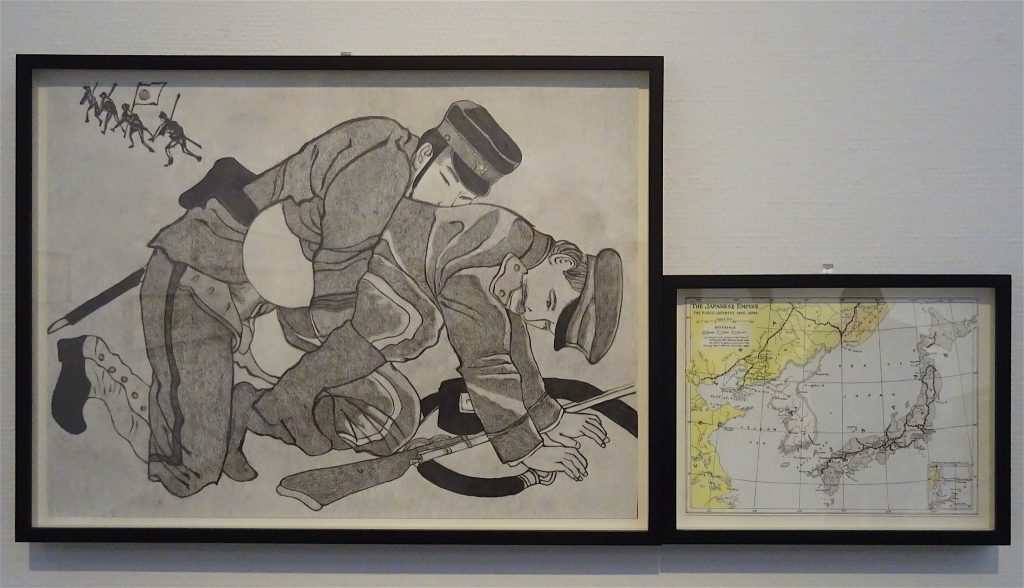
Yokohama Triennale 2017 横浜トリエンナーレ2017、Sam Durant サム・デュラント作 “1905, Japan Defeats Russia, Empire” (ロシアを破る日本、帝国」)2015
グラファイト、色鉛筆、紙 40.8×55.6cm (左)、21×27.3cm (右)
Courtesy of the artist and Blum & Poe, Los Angeles/New York/Tokyo
ヨコハマトリエンナーレ2017 島と星座とガラパゴス
Yokohama Triennale 2017
Islands, Constellations & Galapagos
2017/8/4 – 11/5
http://www.yokohamatriennale.jp/english/archive/artist/d/artist485/
http://www.tokyoartbeat.com/event/2015/87E0.ja
「1905, Japan Defeats Russia, Empire」もまた二つのイメージによって構成されており、欧米の植民地支配の長い歴史の中で、初めて大国の権力がアジアの小国によって敗北を喫した瞬間に着目しています。この歴史的事柄は20世紀に世界各地で繰り広げられ、そして、今なお続く一連の独立闘争に通ずるとも言えます。このドローイングでは日本兵がロシア兵を強姦する勝ち絵と、戦争の勝利がもたらした影響を示す英地図が対で描かれています。この春画は戦争での勝利をショッキングかつ比喩的に表現するだけでなく(侵略とは性的側面を孕んだ行為であるということを暗示し)、日本の帝国主義の欲望を表現しています。
http://www.tokyoartbeat.com/event/2015/87E0
Another diptych, 1905, Japan Defeats Russia, Empire, refers to the first defeat of an imperial power by an Asian country since the beginning of European colonial domination. The event can be linked to the independence struggles that have been fought around the globe during the 20th century and continue into the present. This drawing pairs a shunga image of a Japanese soldier raping a Russian soldier with an English atlas map depicting the effects of the victory in the region. This example of shunga (a genre of erotic woodblock prints dating back to the 9th Century) is significant not only for its shocking metaphor of victory in war — it makes plain the sexual dimension of conquest — but also that it signaled Japan’s own imperial desires.
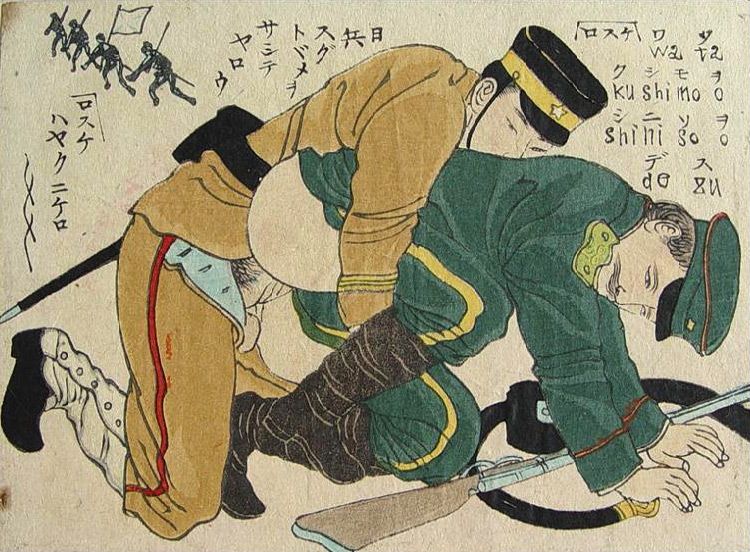
イギリスの大英博物館アーカイブより
今日のおまけ(3)
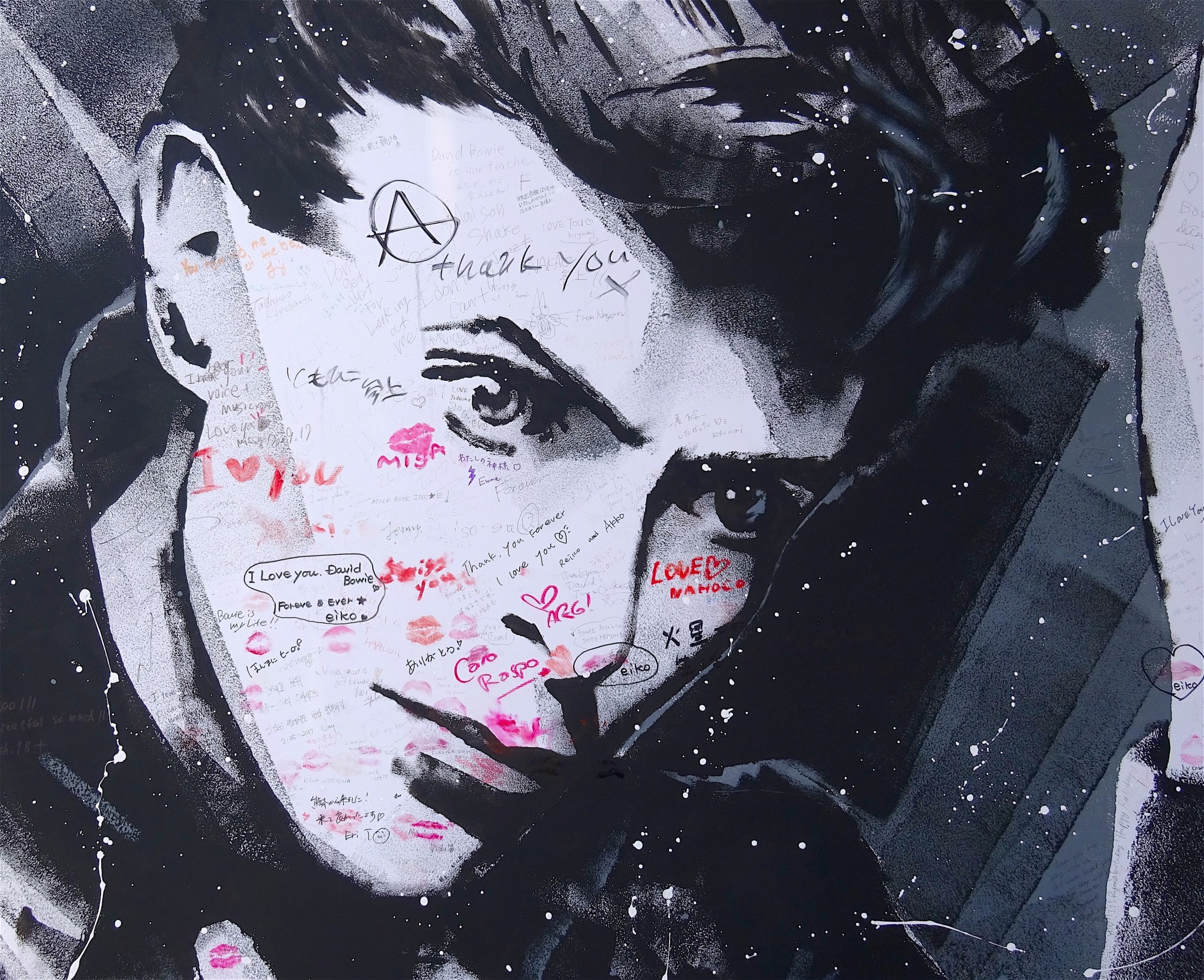
イギリスのデヴィッド・ボウイ @「DAVID BOWIE is」展、東京 2017/1/8 – 4/9
1:29 min
戦場のメリークリスマス Merry Christmas, Mr. Lawrence
監督:大島渚、出演者:デヴィッド・ボウイ、坂本龍一、ビートたけし、トム・コンティ
https://en.wikipedia.org/wiki/Merry_Christmas,_Mr._Lawrence
他に、二週間前の記事:
THE PHAIDON FOLIO
Dandies, Butts, and the “Homesse”: 5 Examples of Queer Art Before Queerness “Existed”
By Artspace Editors, AUG. 21, 2018
https://www.artspace.com/magazine/art_101/book_report/dandies-butts-and-the-homesse-queer-art-before-the-concept-of-queerness-existed-55598
Jess T. Dugan’s Graceful Portraits Capture Transgender People as They Age
By Artspace Editors, AUG. 21, 2018
https://www.artspace.com/magazine/interviews_features/see_here/jess-t-dugans-graceful-portraits-capture-transgender-people-as-they-age-55584

